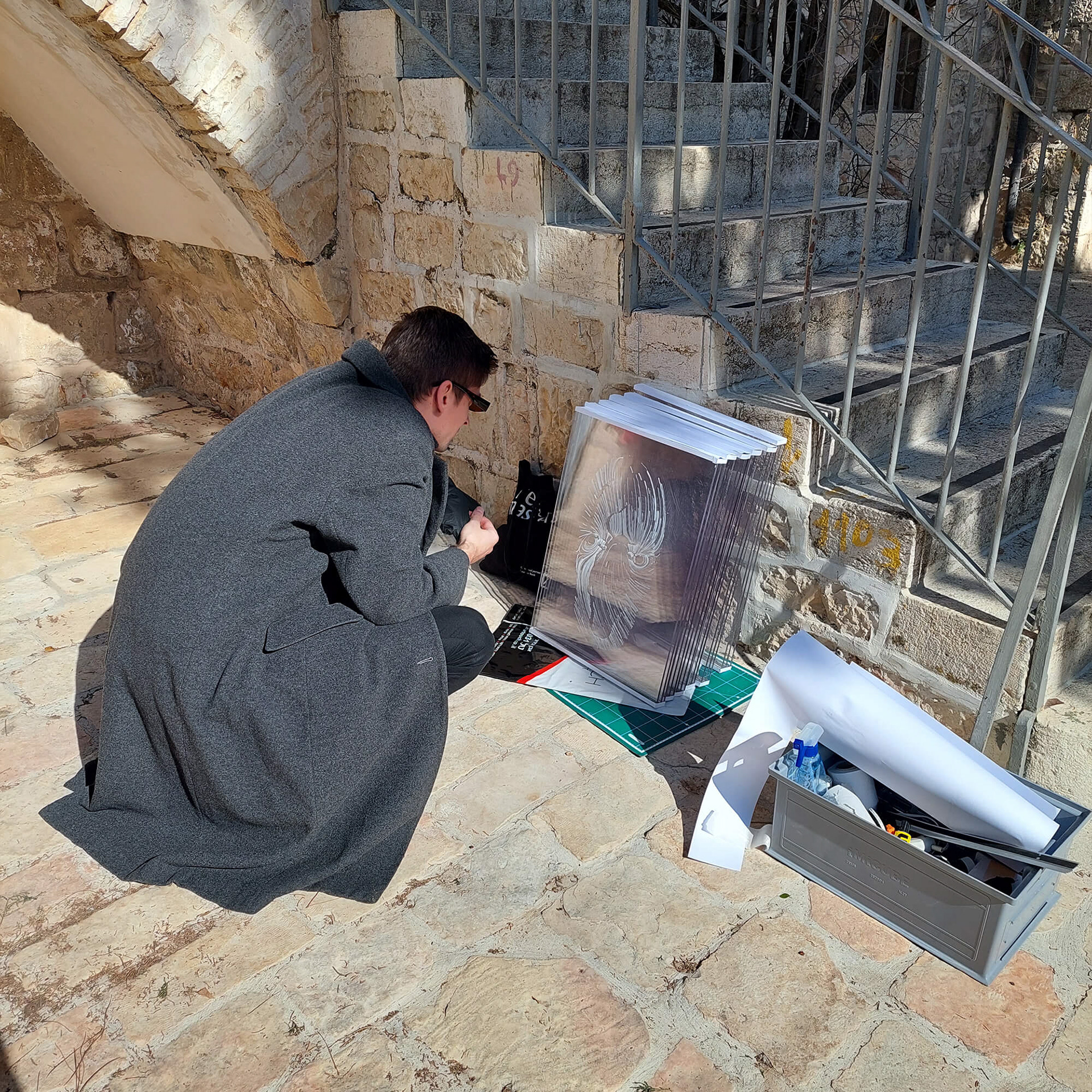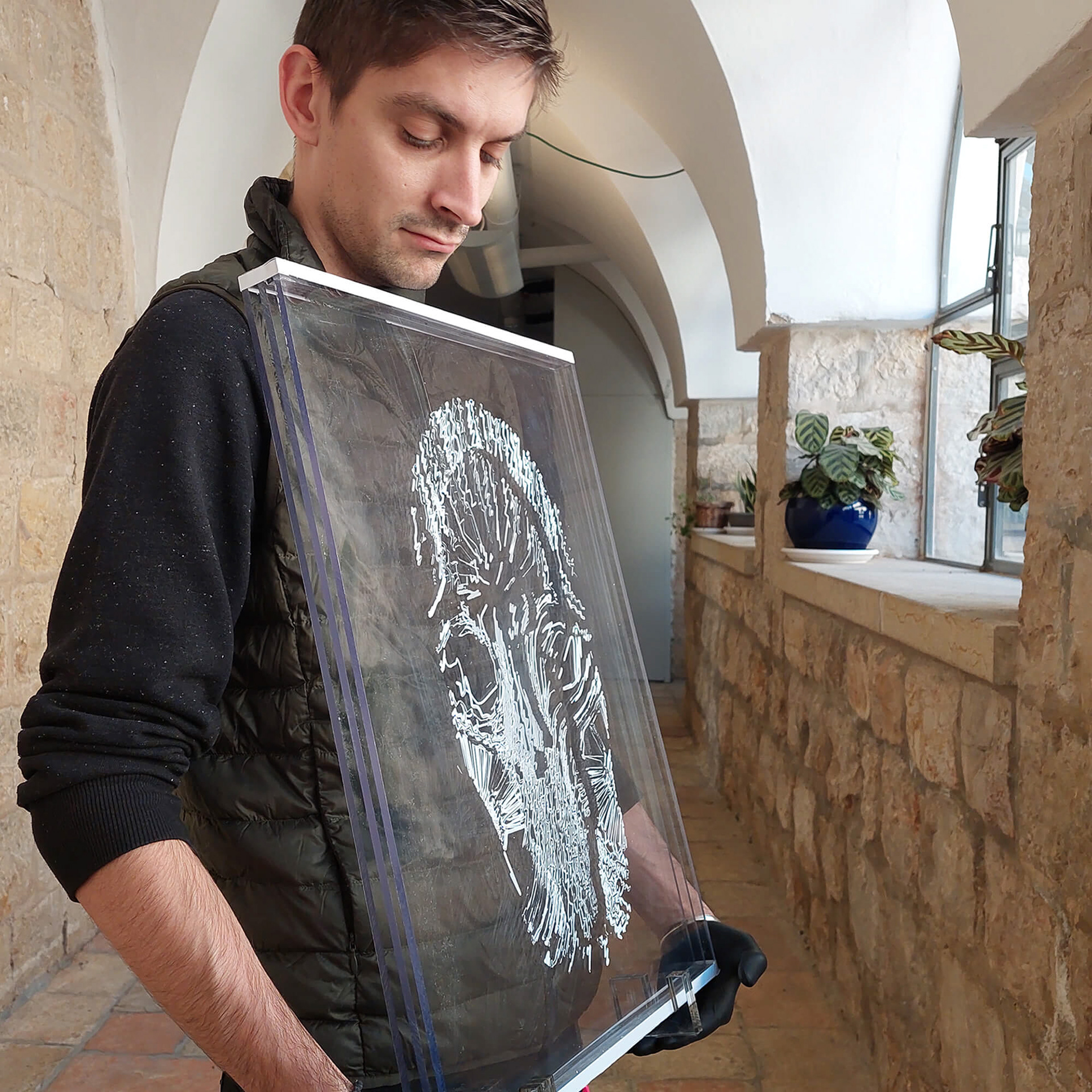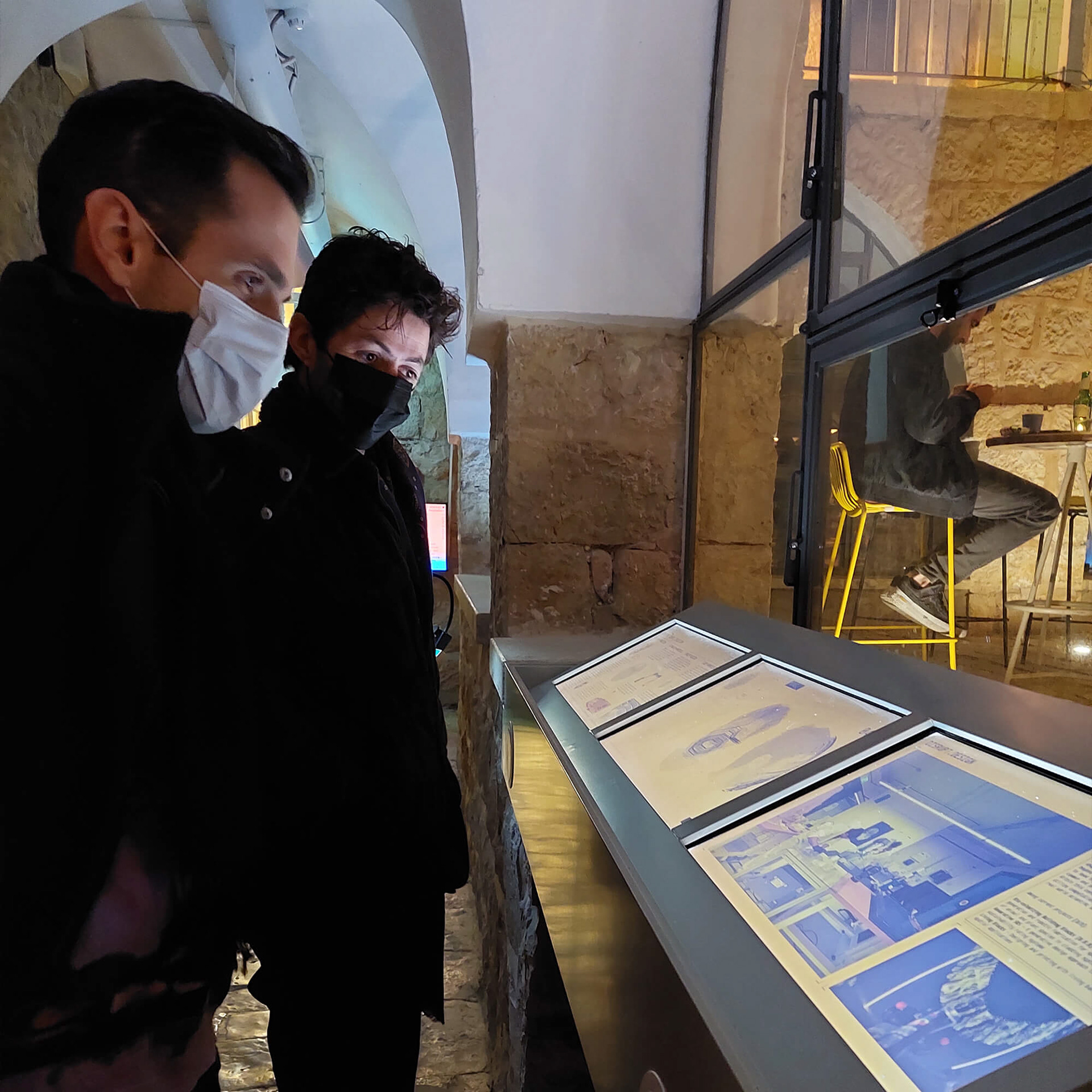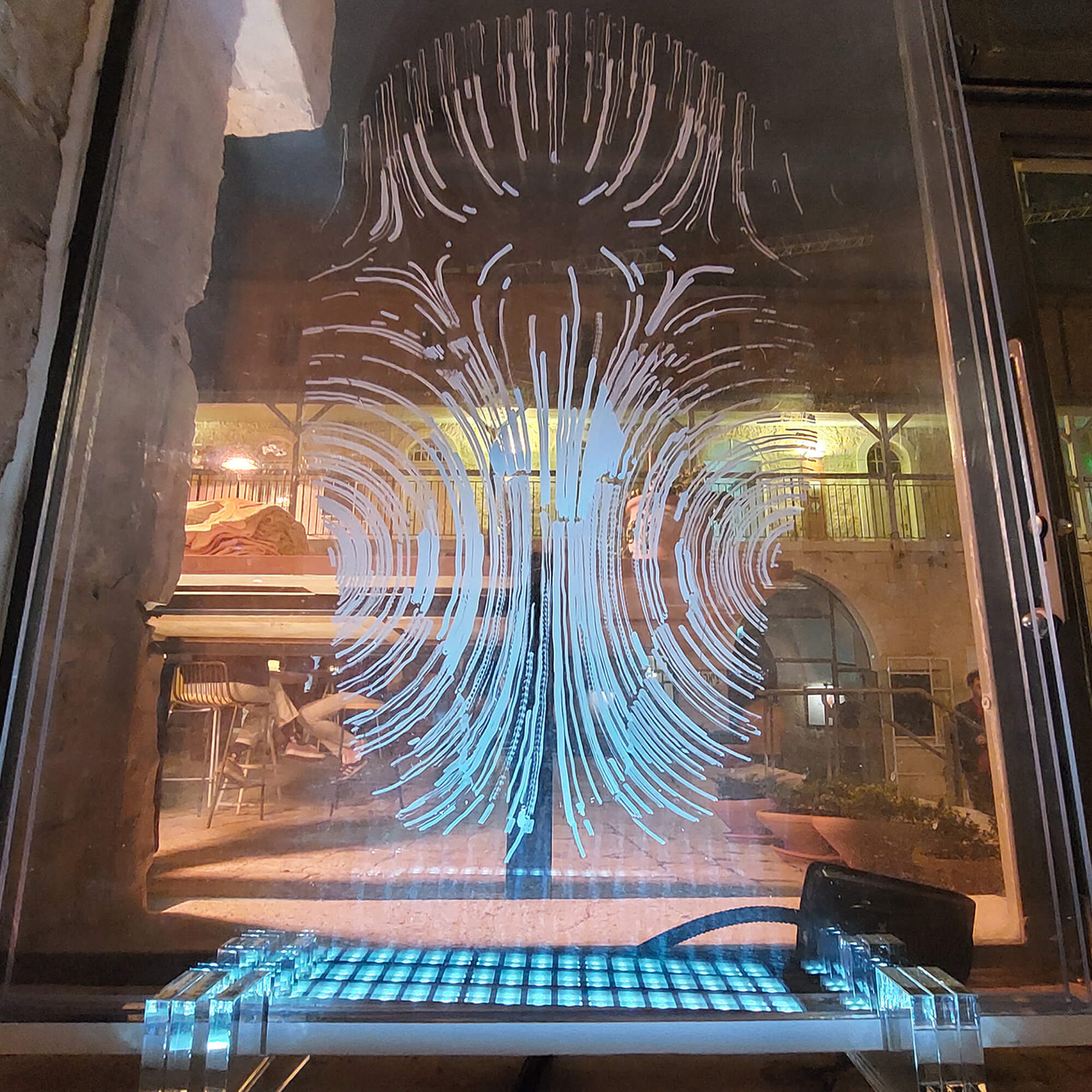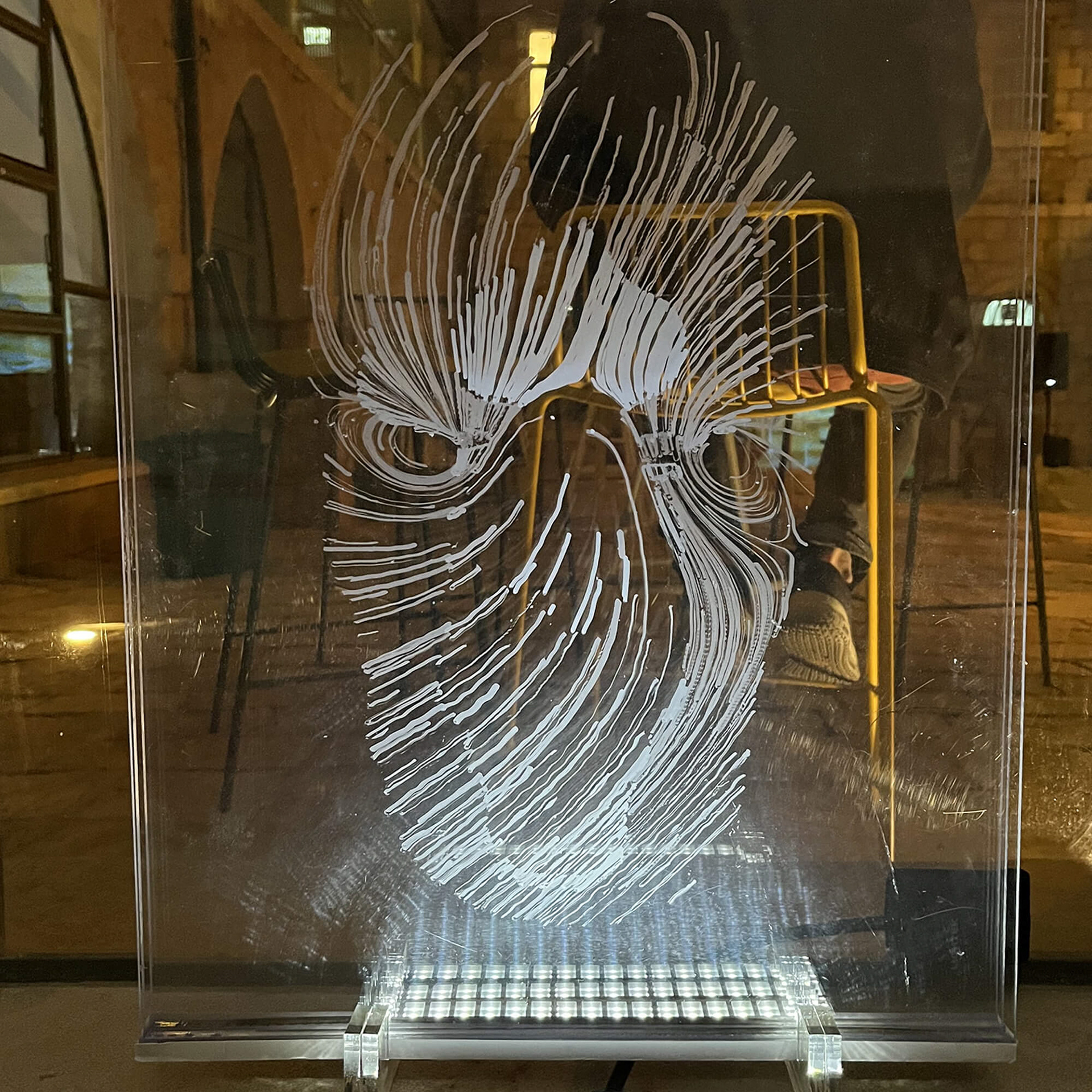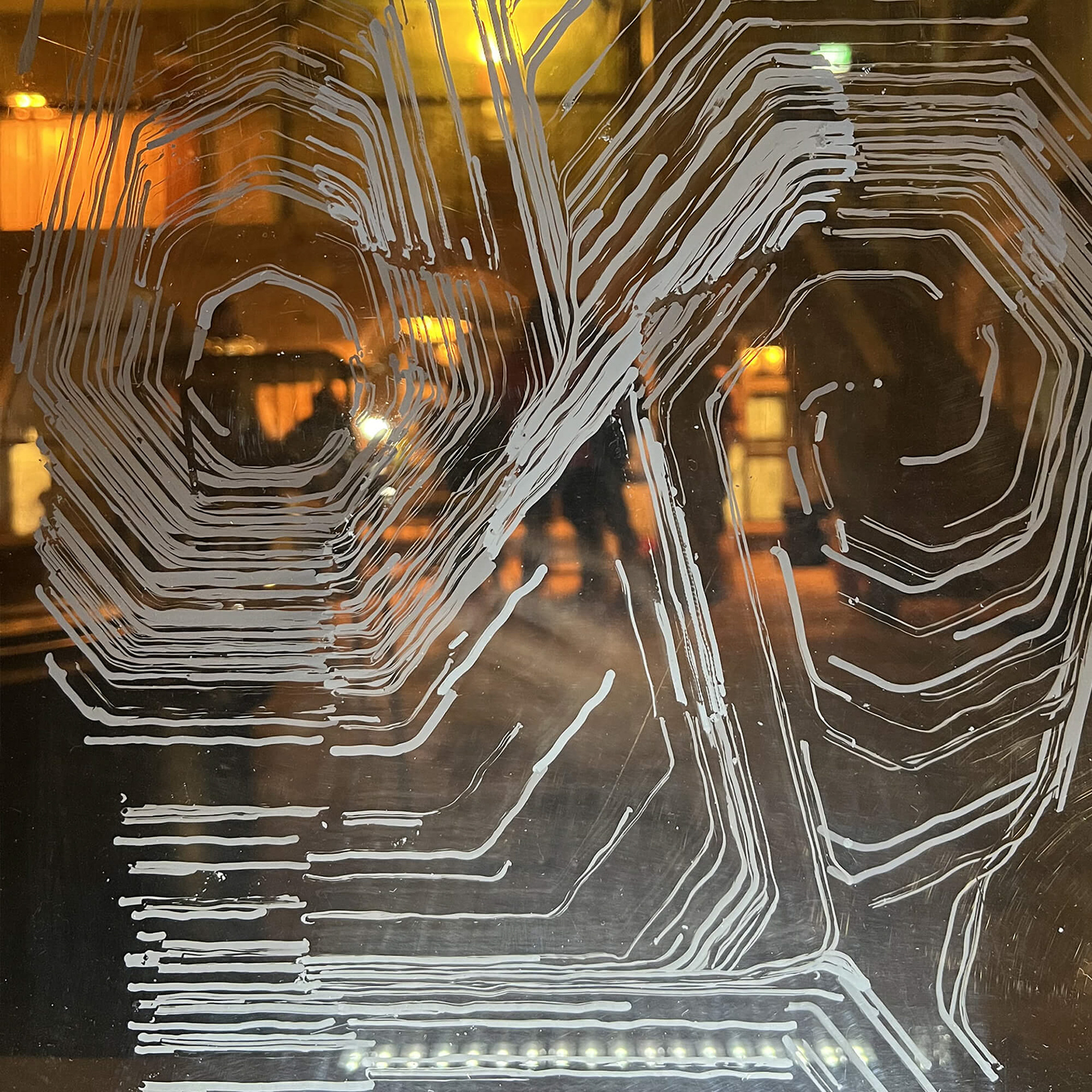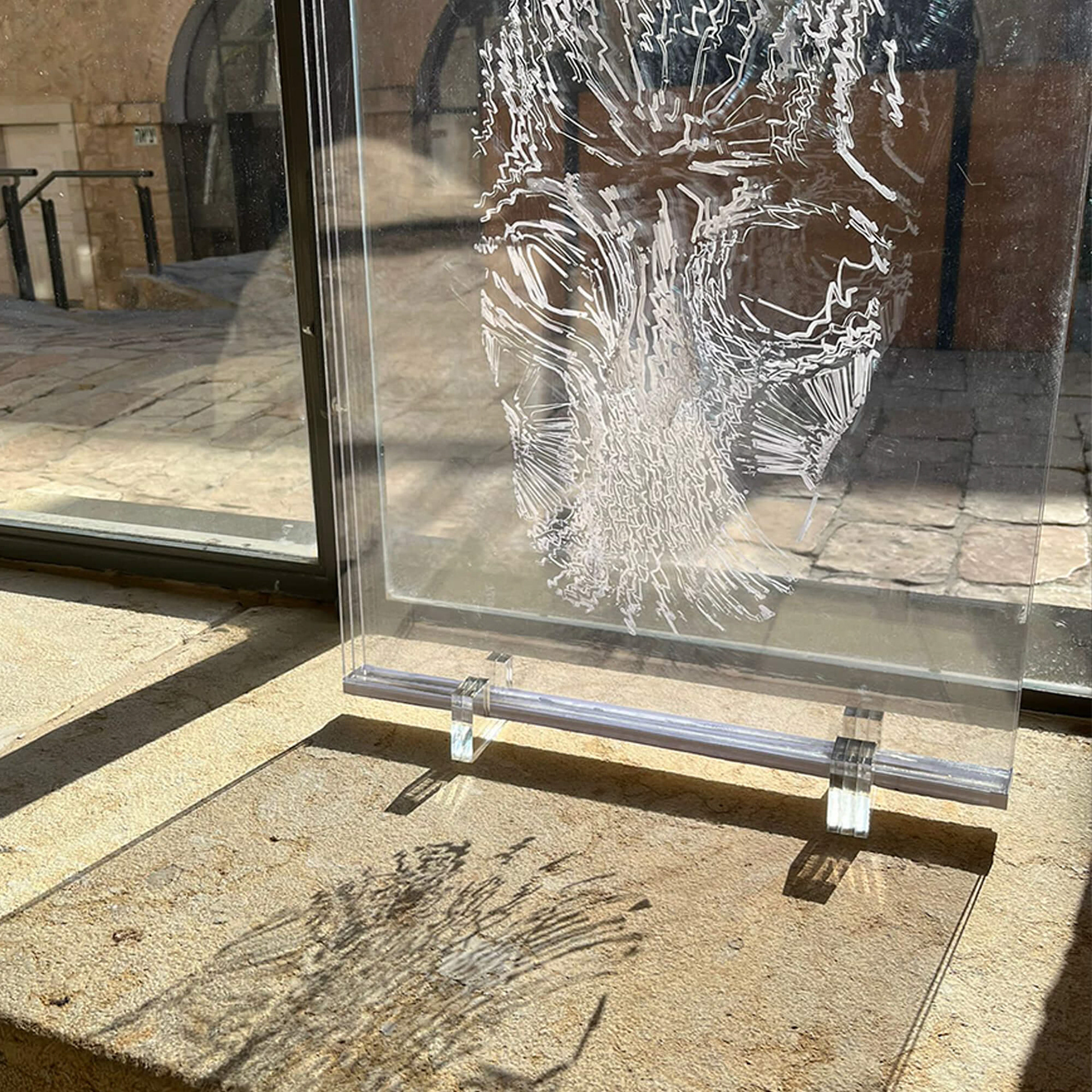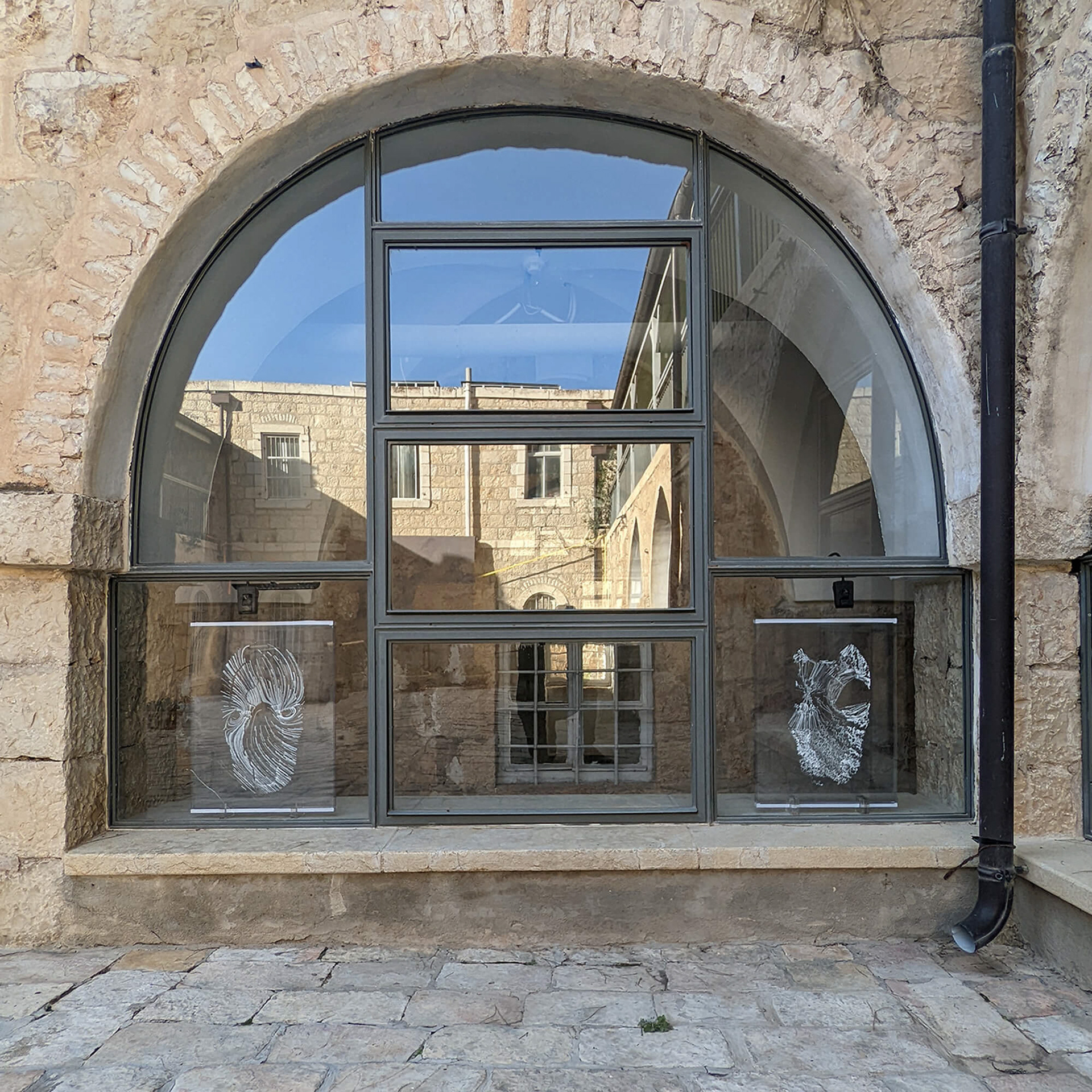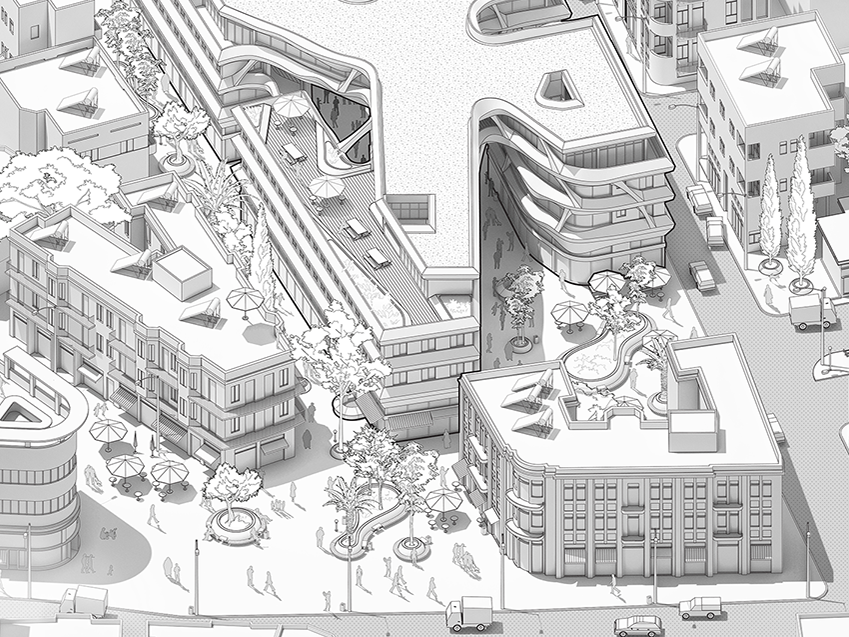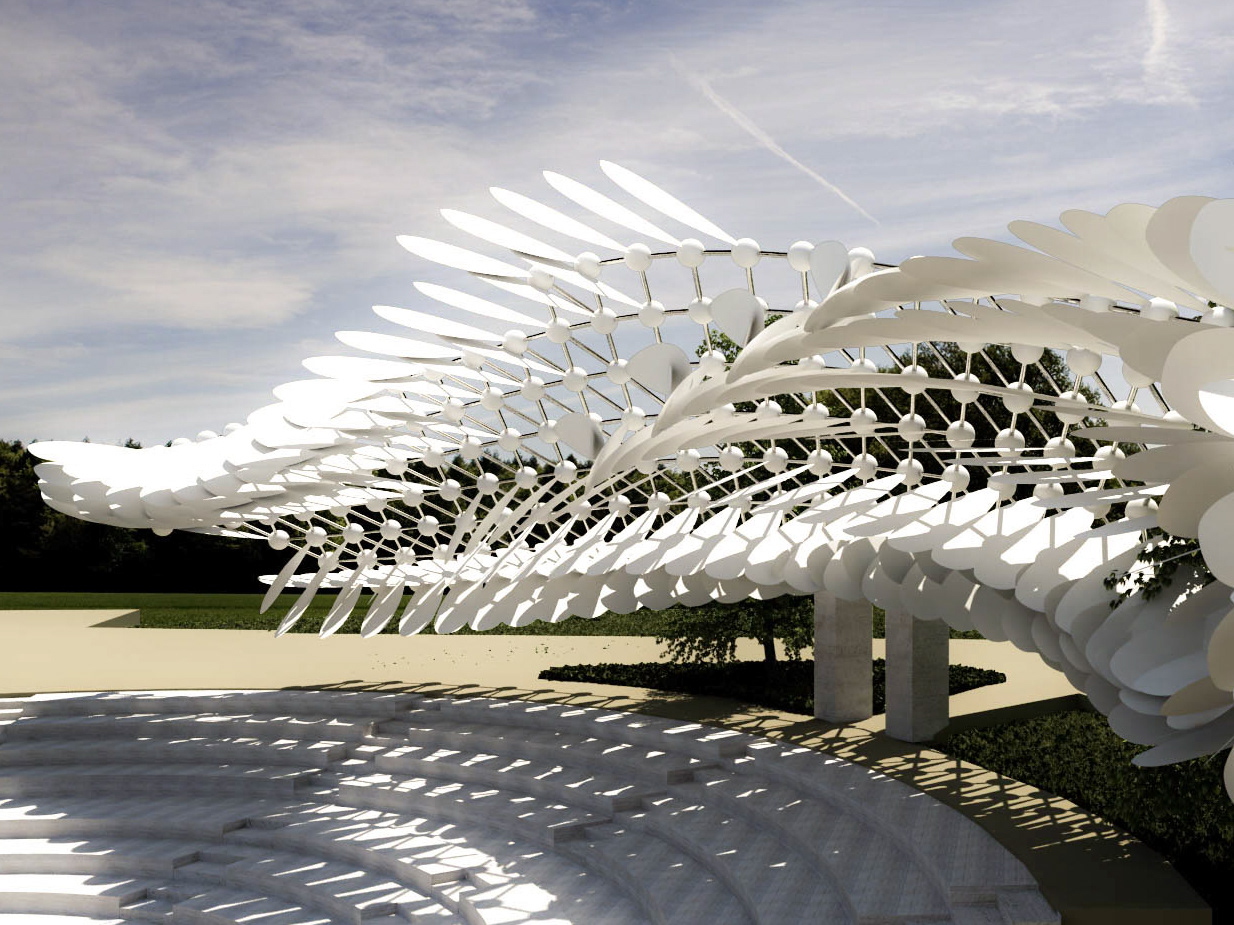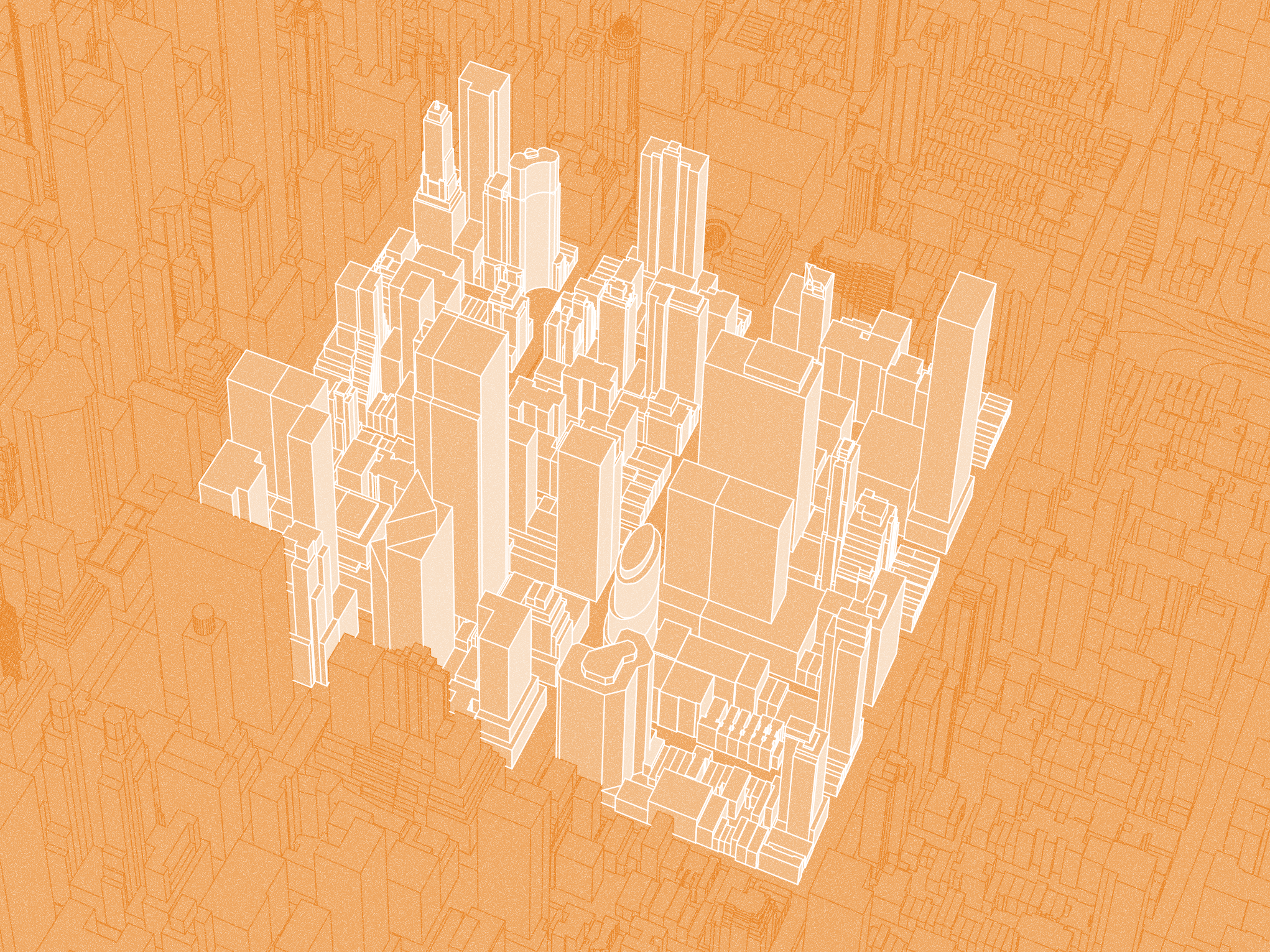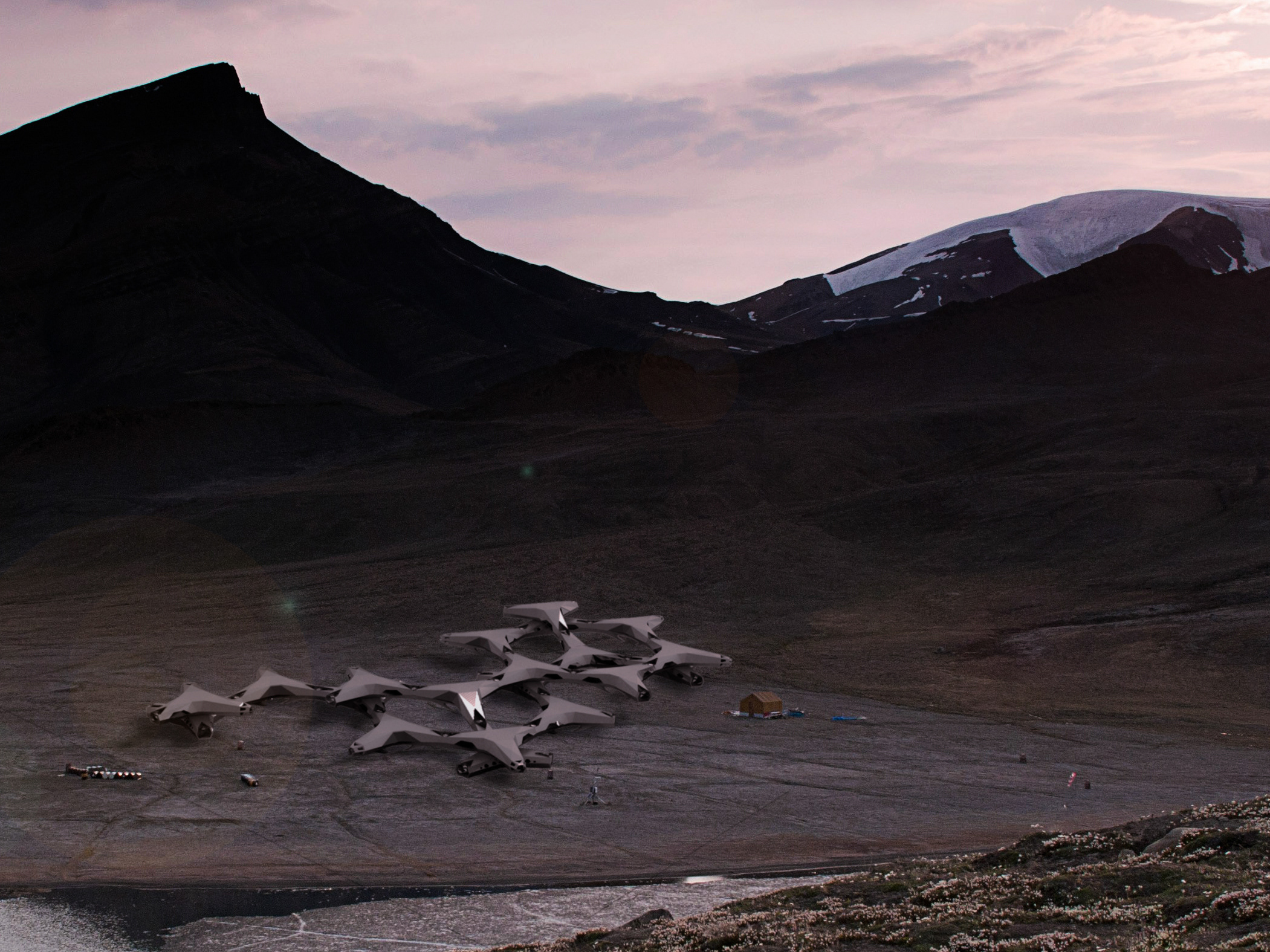MOVEL_ is an artistic research project, initiated and created by Erez Ezra, Avi Cohen, and Boris Levin.
As a part of Zero One II (digital art festival), MOVEL_ was exhibited in December 2021 in Hansen House, Jerusalem.
The project was supported by D.DLAB (Distrupt.Design), which is a design-led technological laboratory directed by Asst. Prof. Architect Shany Barath at the Architecture faculty in the Technion.
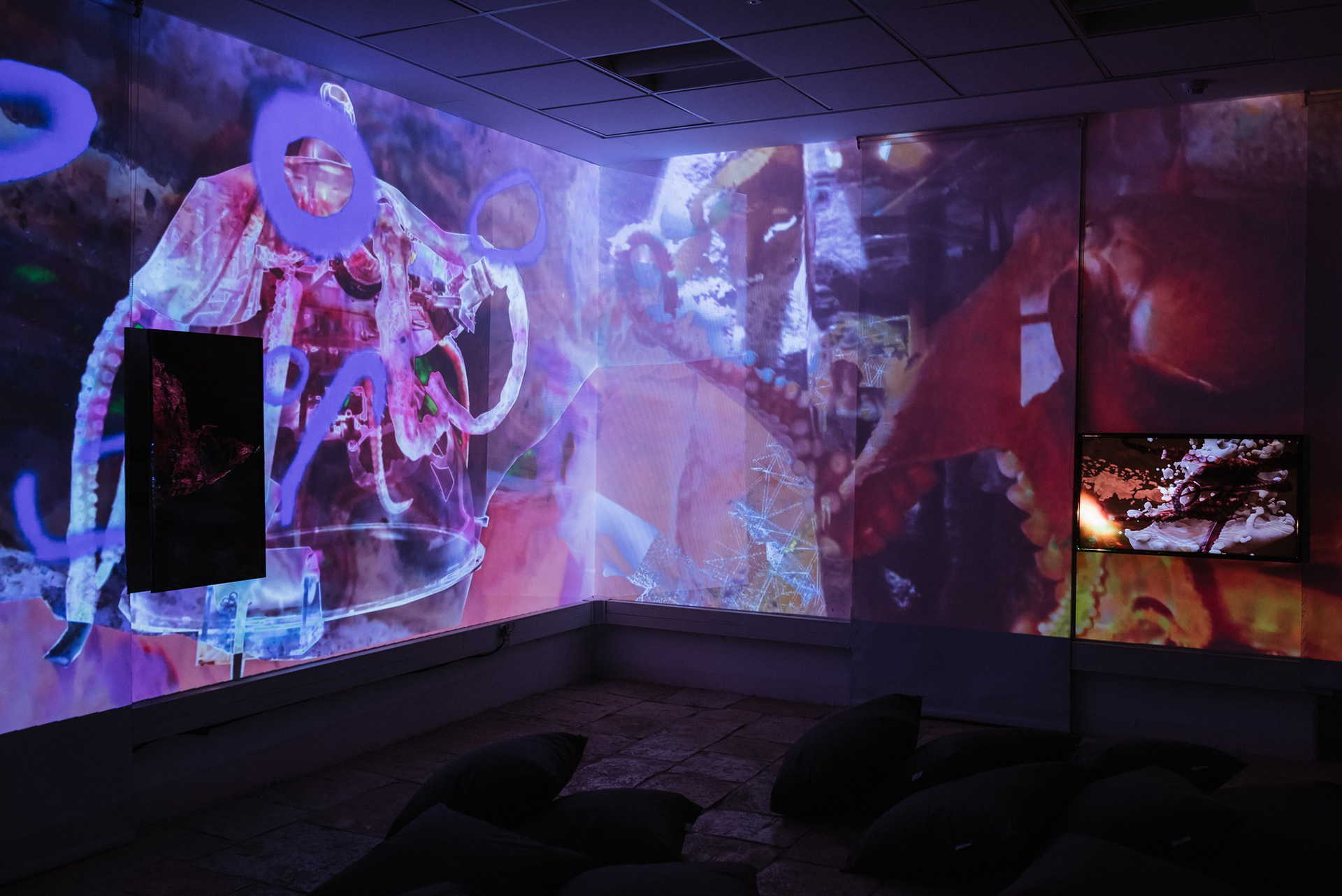
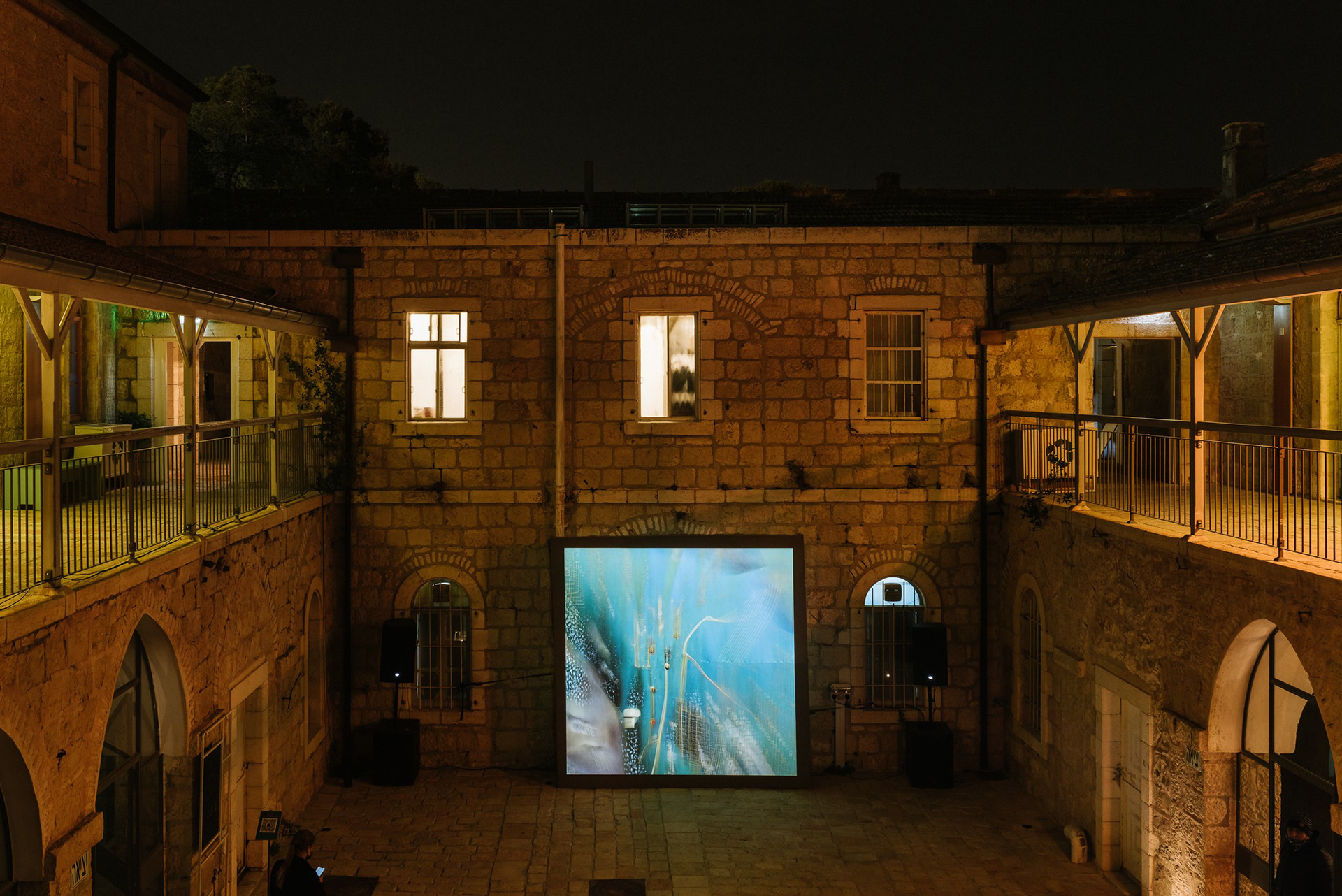
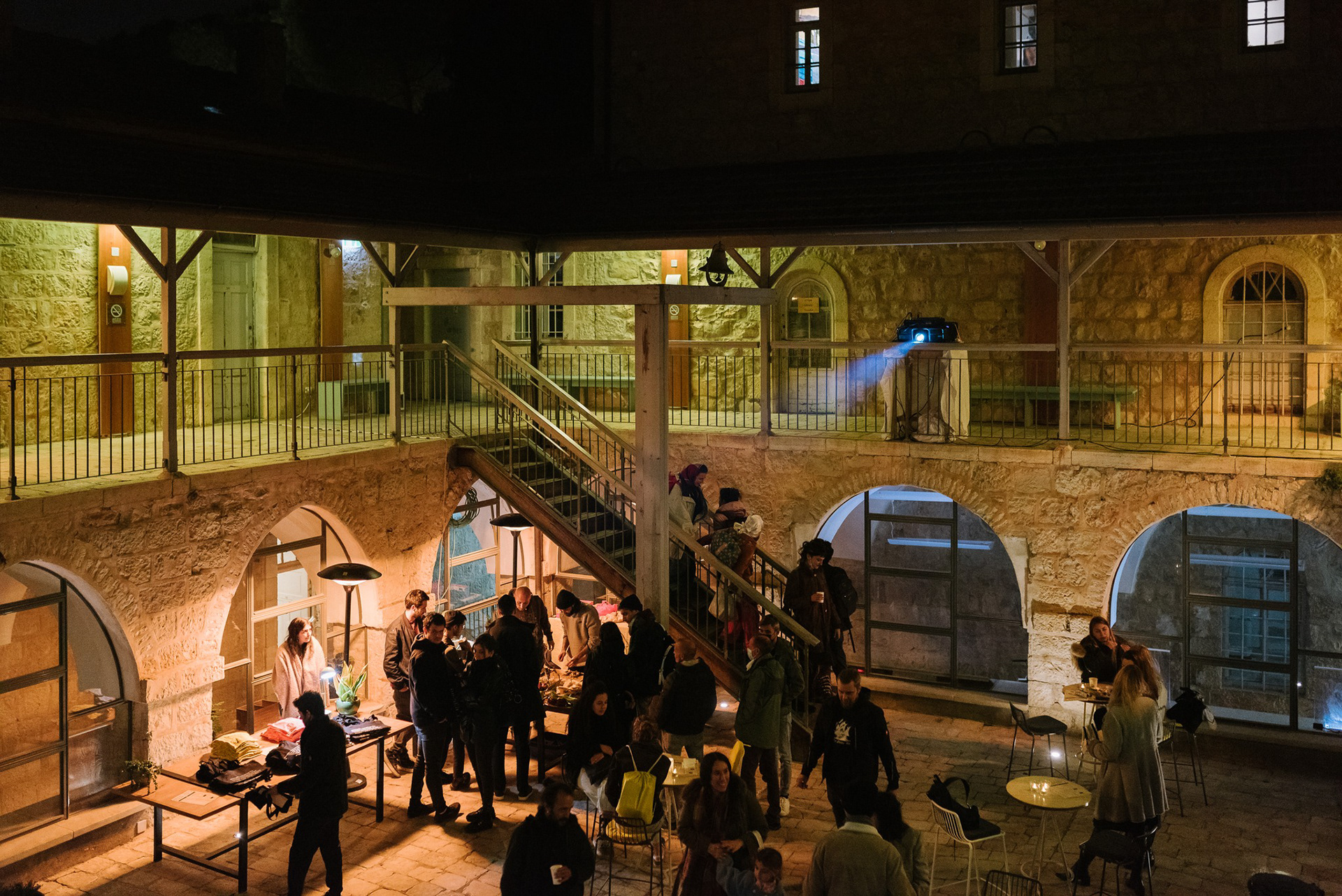
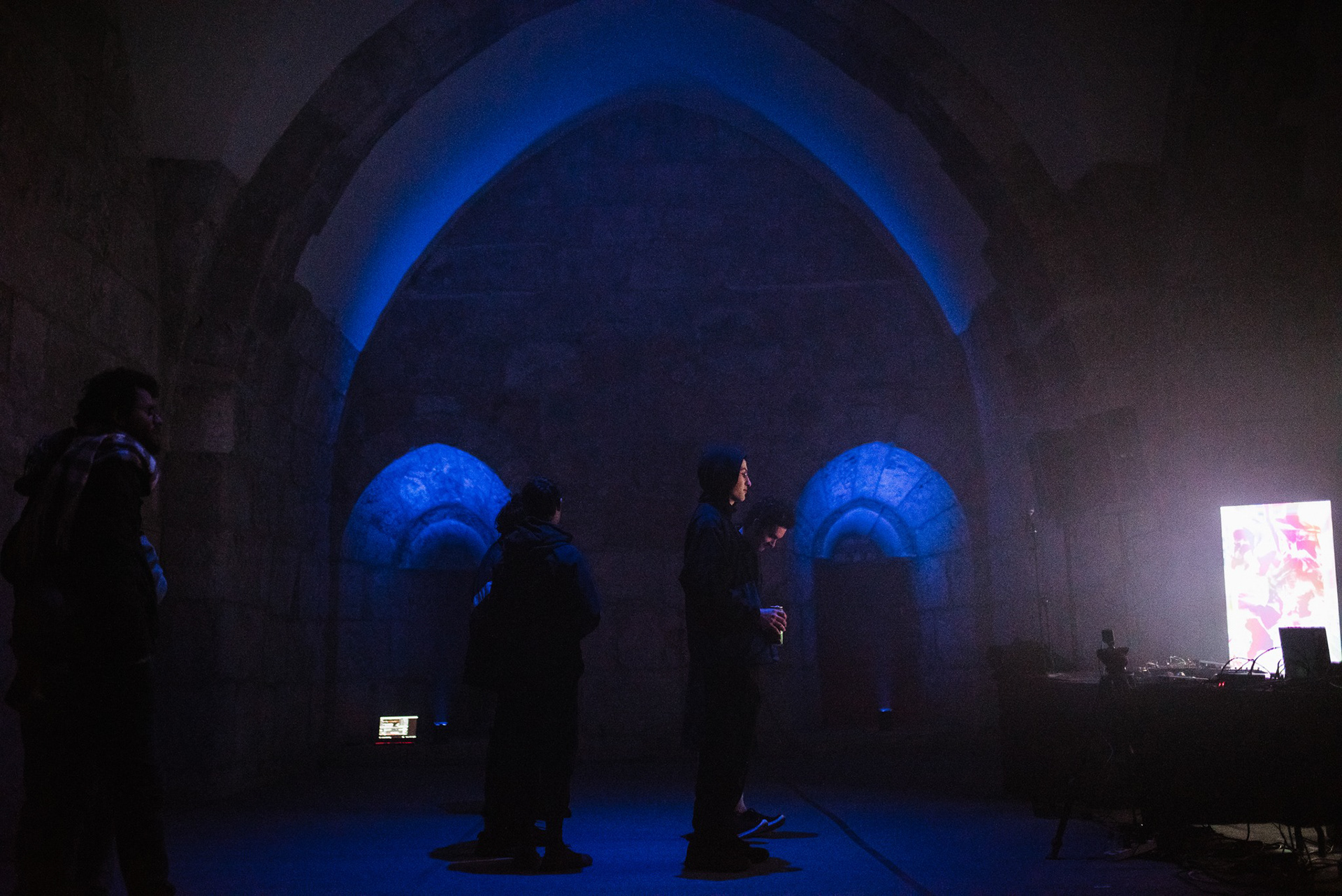
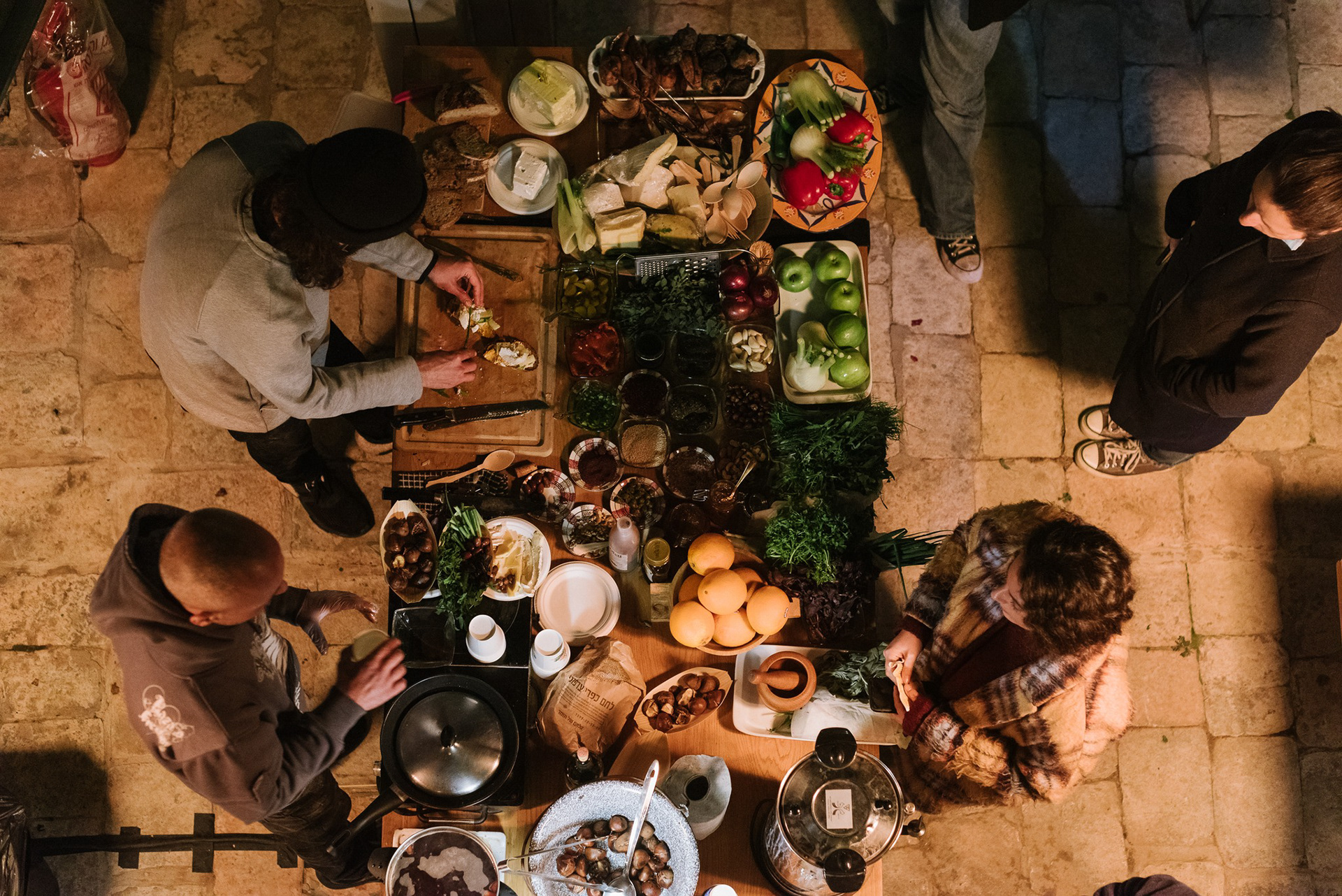
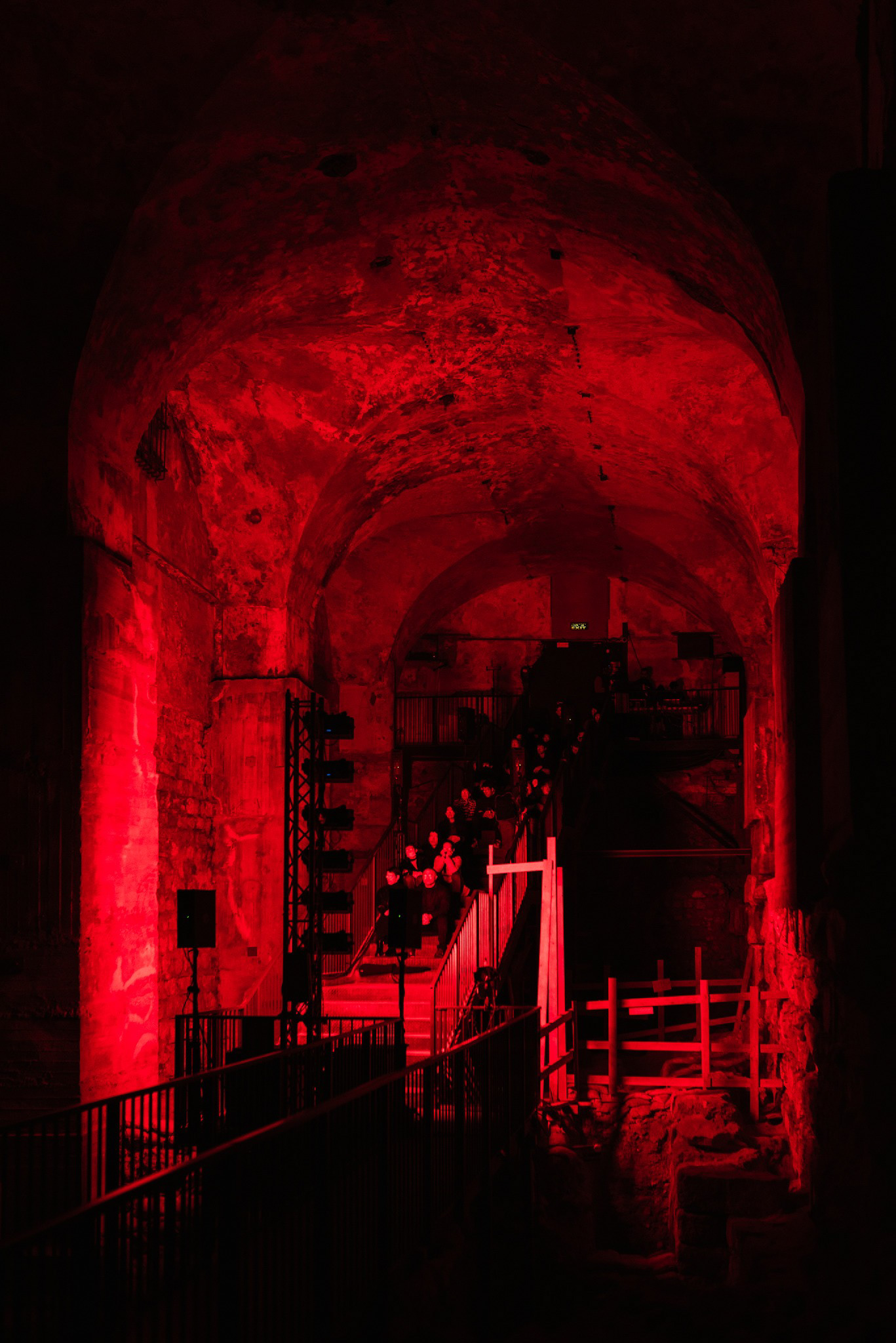

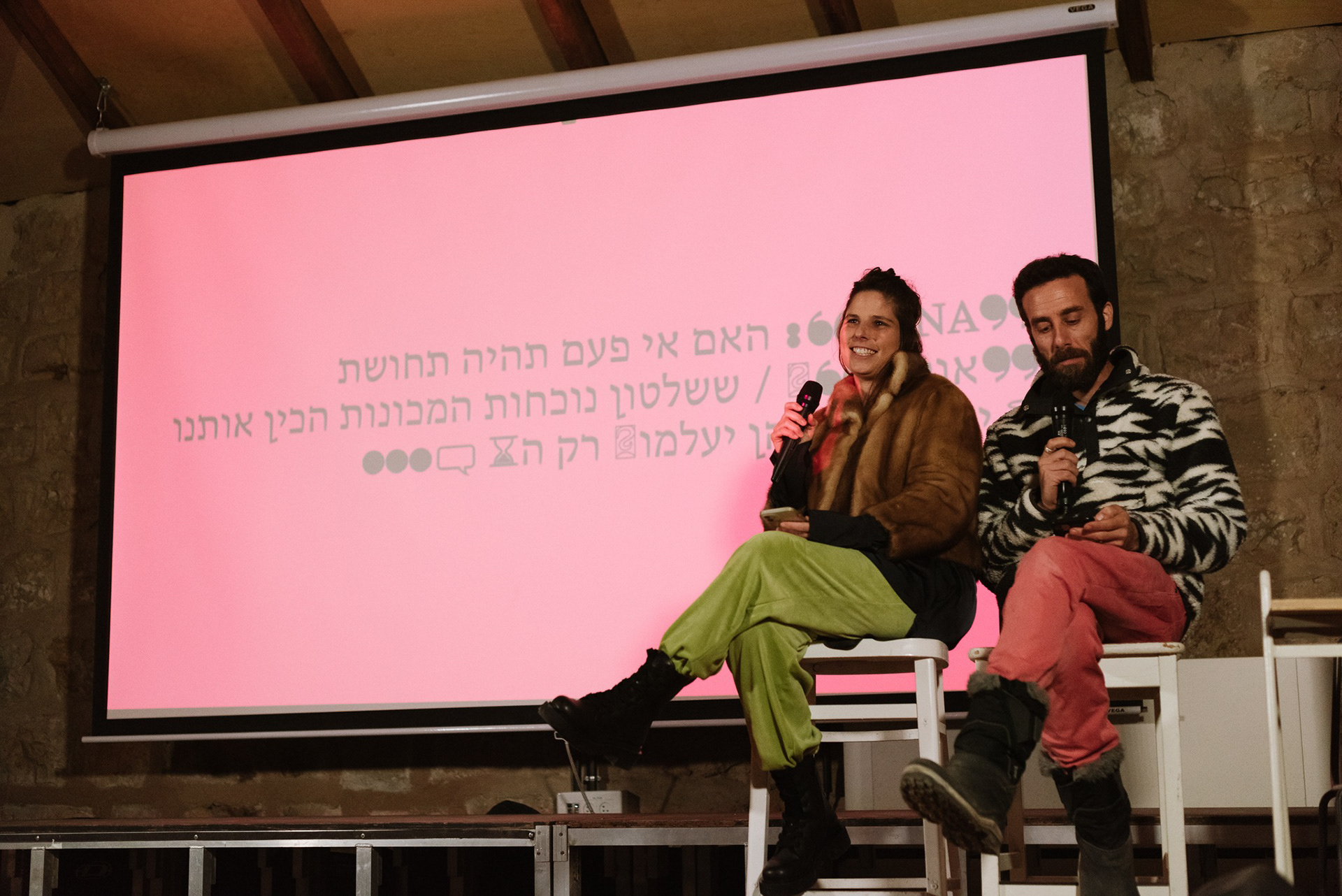
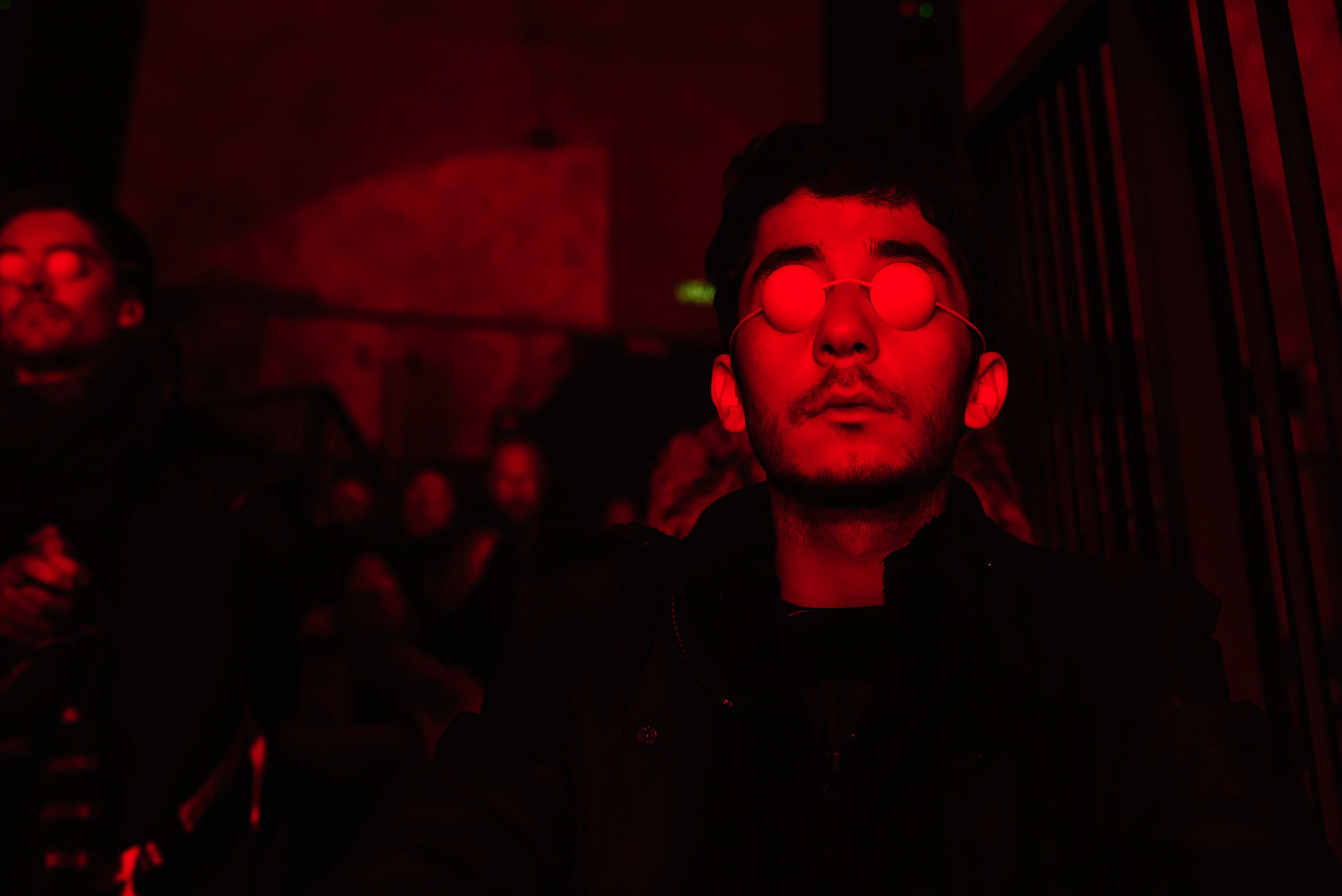
ZERO ONE II
27-31.12.2021
Jerusalem
CULTURE + TRADITION
Traditionally masks were associated with ceremonies that had religious and social significance or were related to funerary customs, fertility rites and medical practices. The forms and appearance of these masks invariably were prescribed by tradition, as were their uses. These social and cultural practices have acquired new personal and social meanings today in the virtual space. Compared to a conventional approach, based on cultural and geographical characteristics, new filters and masks could represent a so-called ‘digital tribe’, which defines a new cyber culture within the physical world.
What we call a ‘digital tribe’ can be described as “a collective of things living in a great big digital zoo”. The use of digital networks allows the tribe to self-organize and propagate through collaboration with other digital creatures. In a way, the tribe behaves in the same way in which that circuitry in the human body (the brain) enables our bodies to create connections that we never knew we needed. This makes communication possible not only between the tribe and the physical world, but also between the human and the digital.
(Picture source - The British Museum)
TECHNOLOGY + MATERIAL
Today, there is a clear understanding that the development of digital technologies is directly linked to the configuration of the physical world. The fusion of digital and physical systems is challenging traditional models and ‘disrupting’ our understanding of materiality and computational language. The exposure to new modes of production and material performance through advances in the fields of synthetic biology, biotechnology, and material sciences, has given designers access to intricate material resolution. Colliding advanced computation through new simulation and form-making techniques enables makers to re-invent manufacturing procedures, optimize standard material applications and propose novel design expressions.
CONCEPT + DESIGN
This research utilizes the robotic automation within digital manufacturing processes as an opportunity to explore the fabrication of digitally created products. We attempt to bridge the gap between traditional, physical masks and the modern masks, virtual, unseen coded versions of the ‘digital tribe’. Through an installation on layered transparent surfaces, we explore the translation of such coded surfaces into interactive tangible interfaces and the frozen dynamism of digital masks.
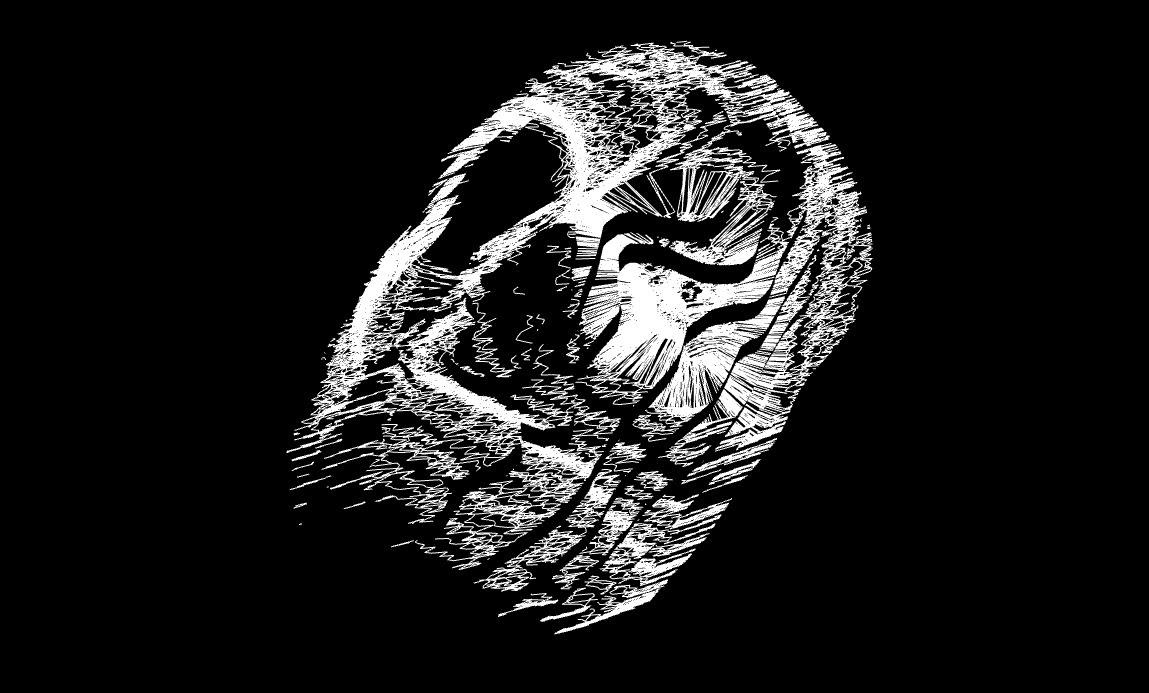
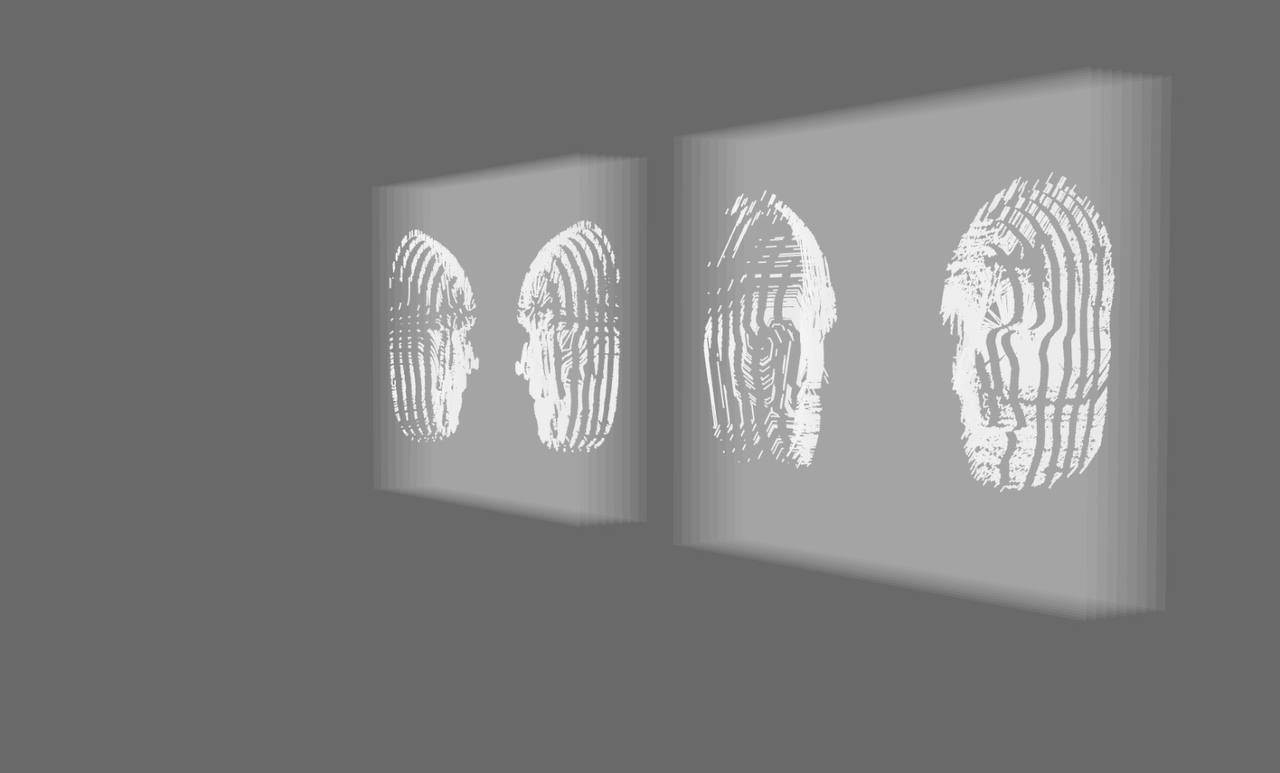
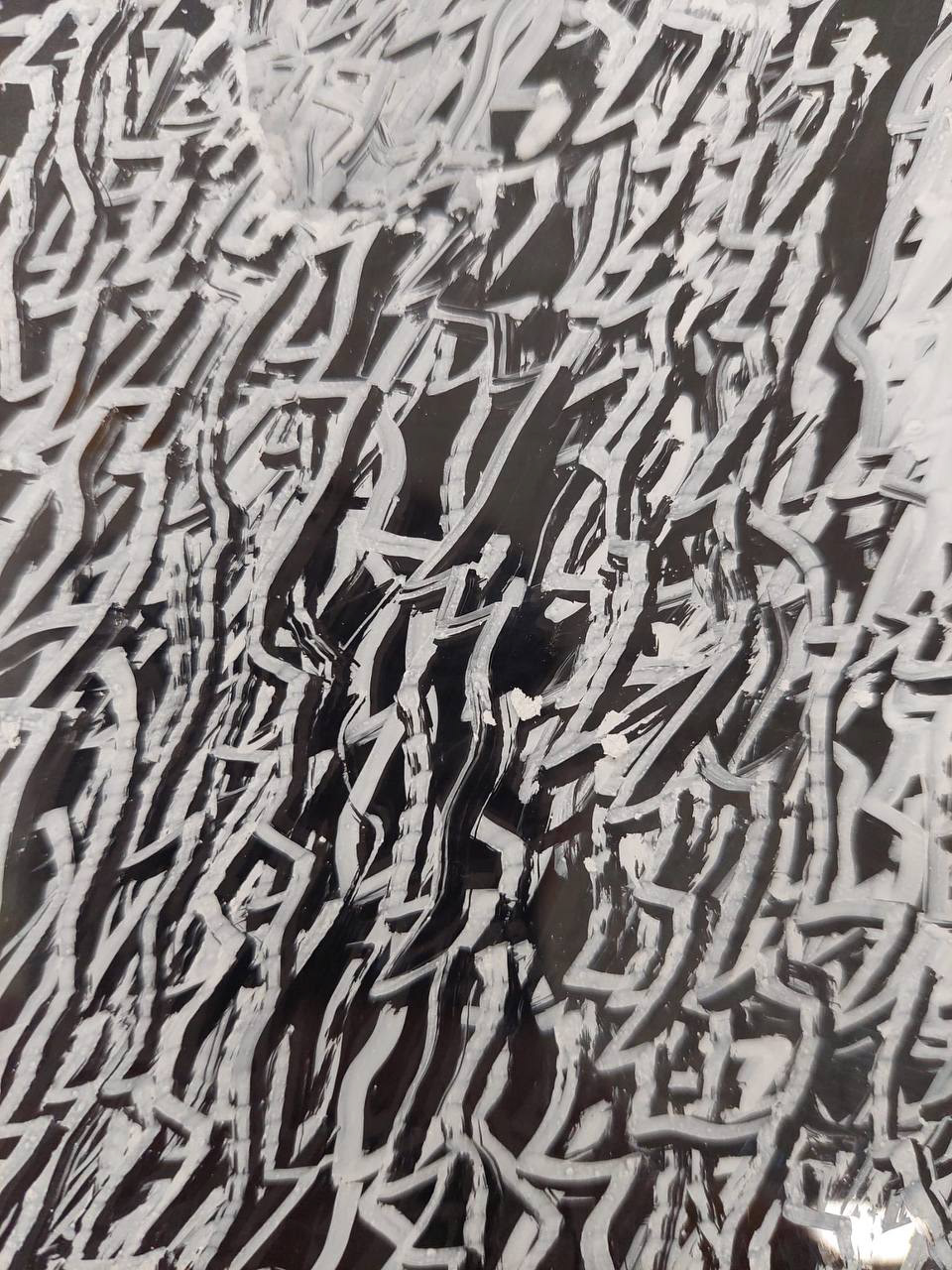
CODE + FABRICATION
The algorithm we created for this project is based on the very same traditional proportions (da Vinci, 14th century), although it translates them and other spatial “anchors” into dynamic generators. These anchors serve as field stimulators and create a unique form and visual language, hence – a new facial expression. Once we shift towards fabrication, the mask has its own behavior which we do not always control, giving the unpredictability or a physical glitch to enter, challenging the very core of a traditional and modern creation.
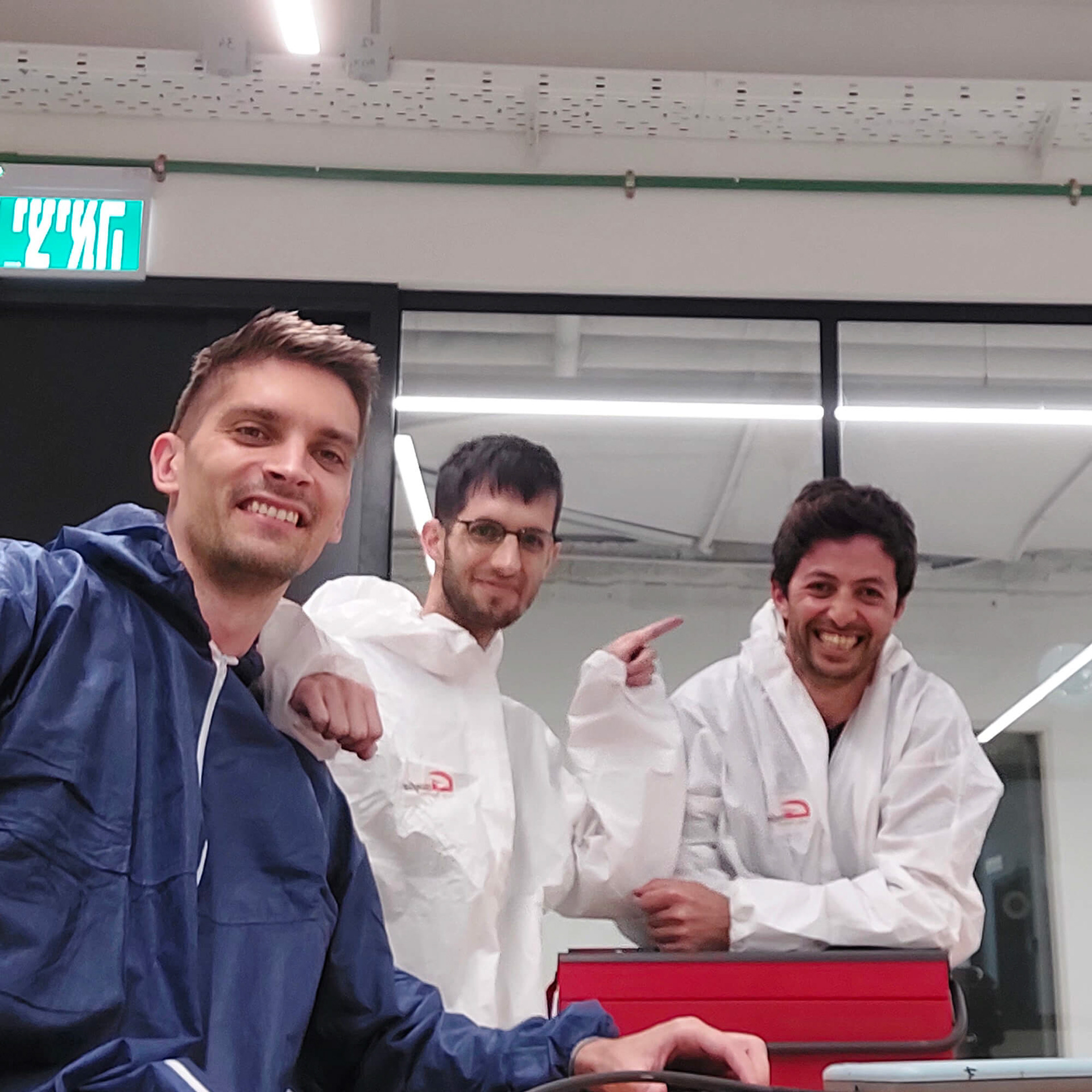
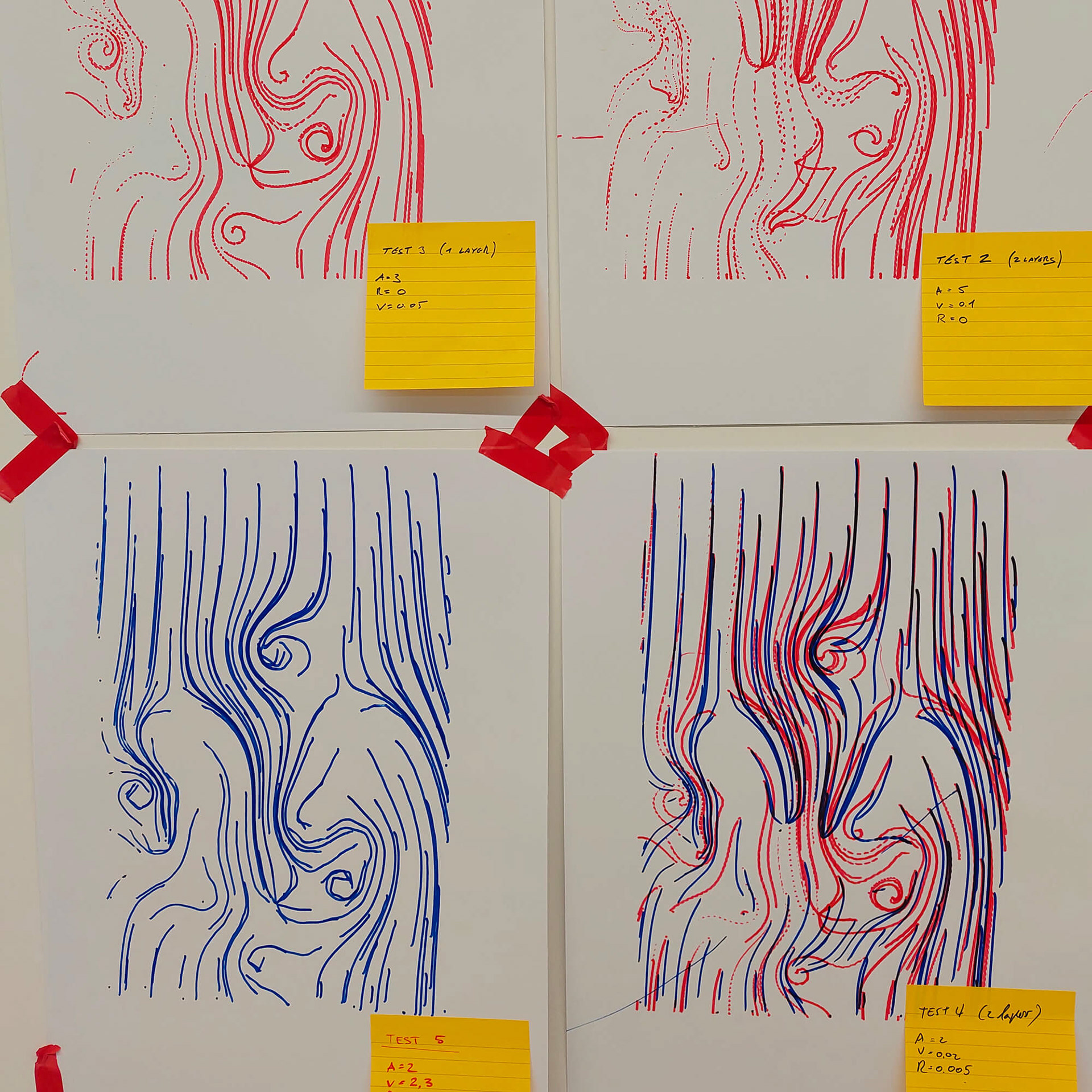
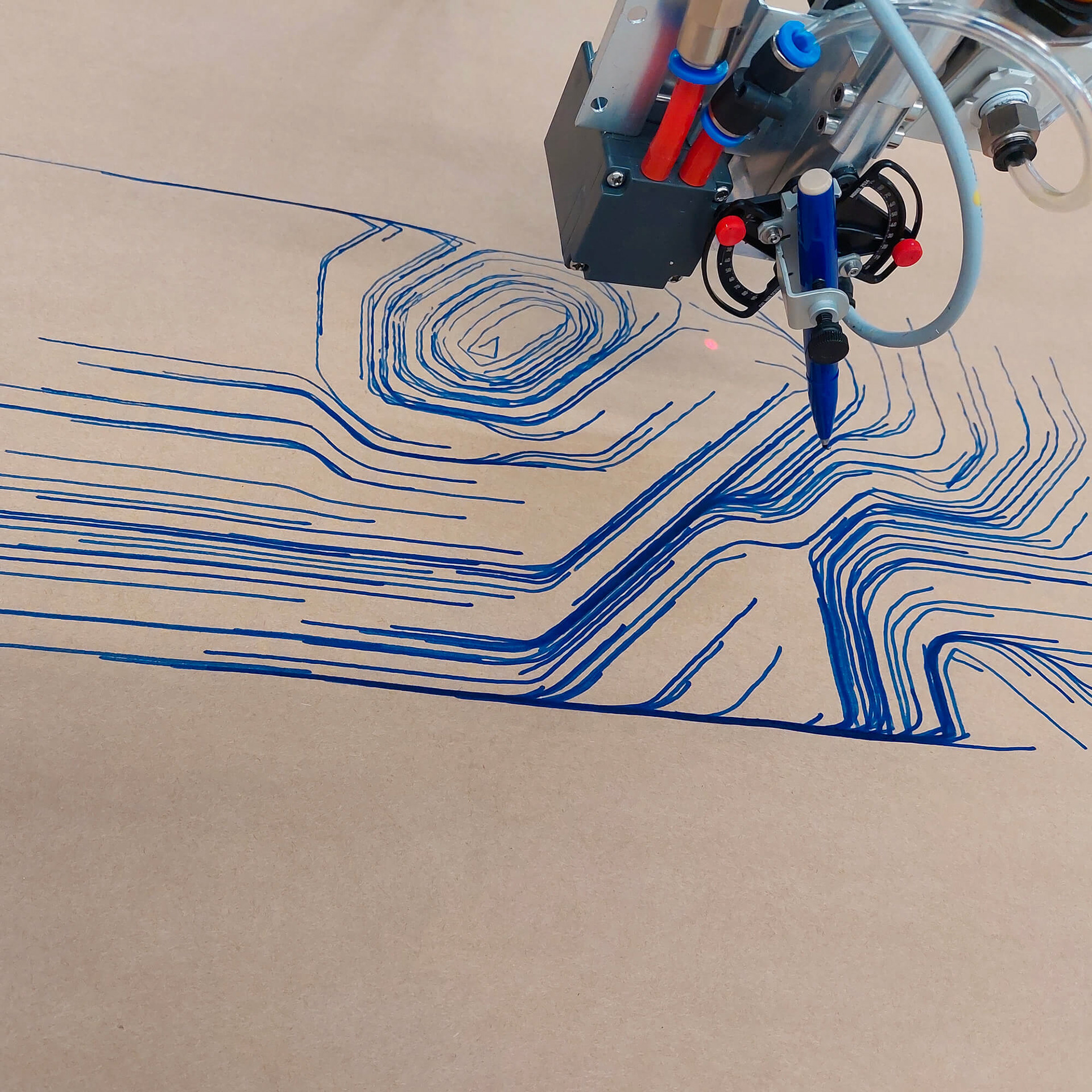
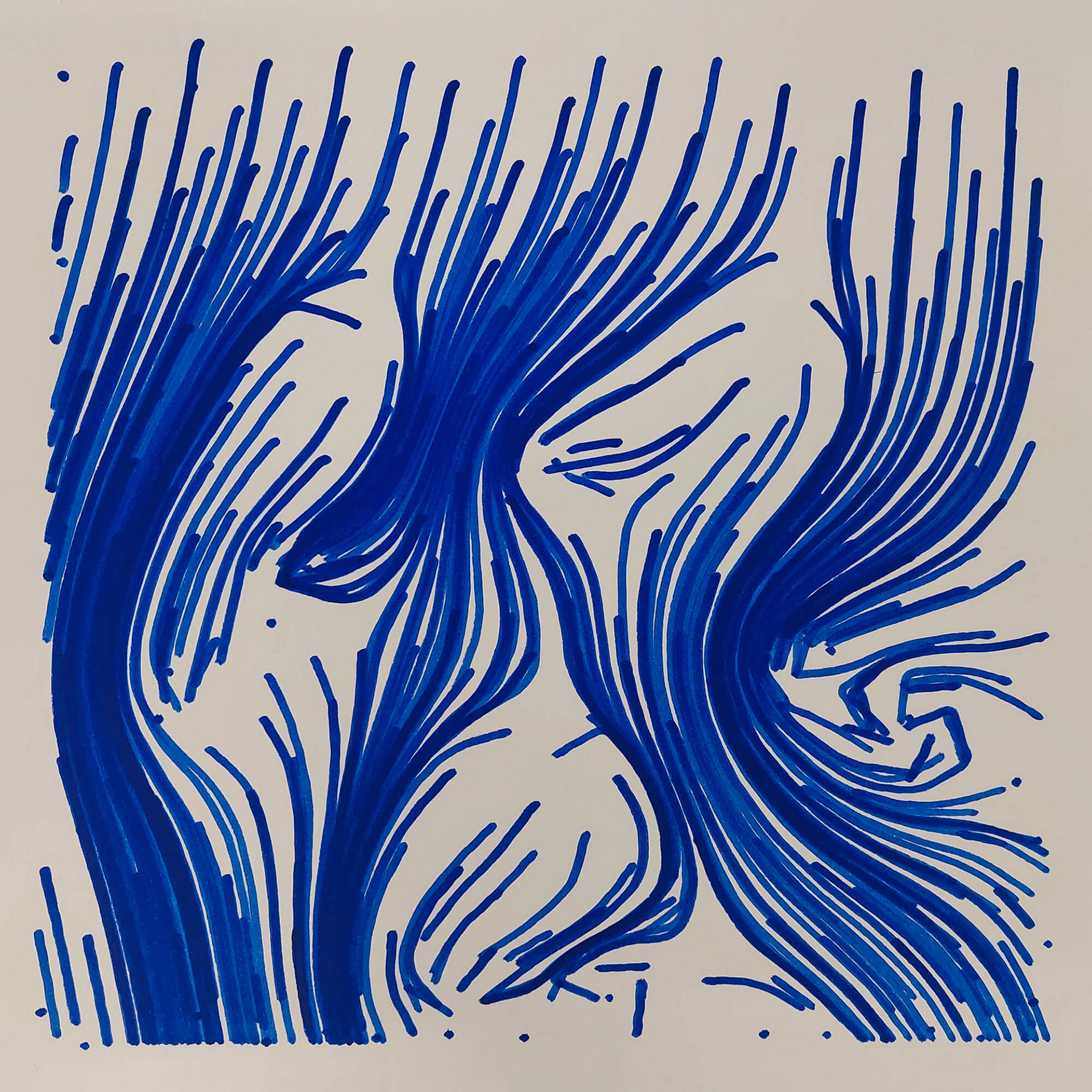
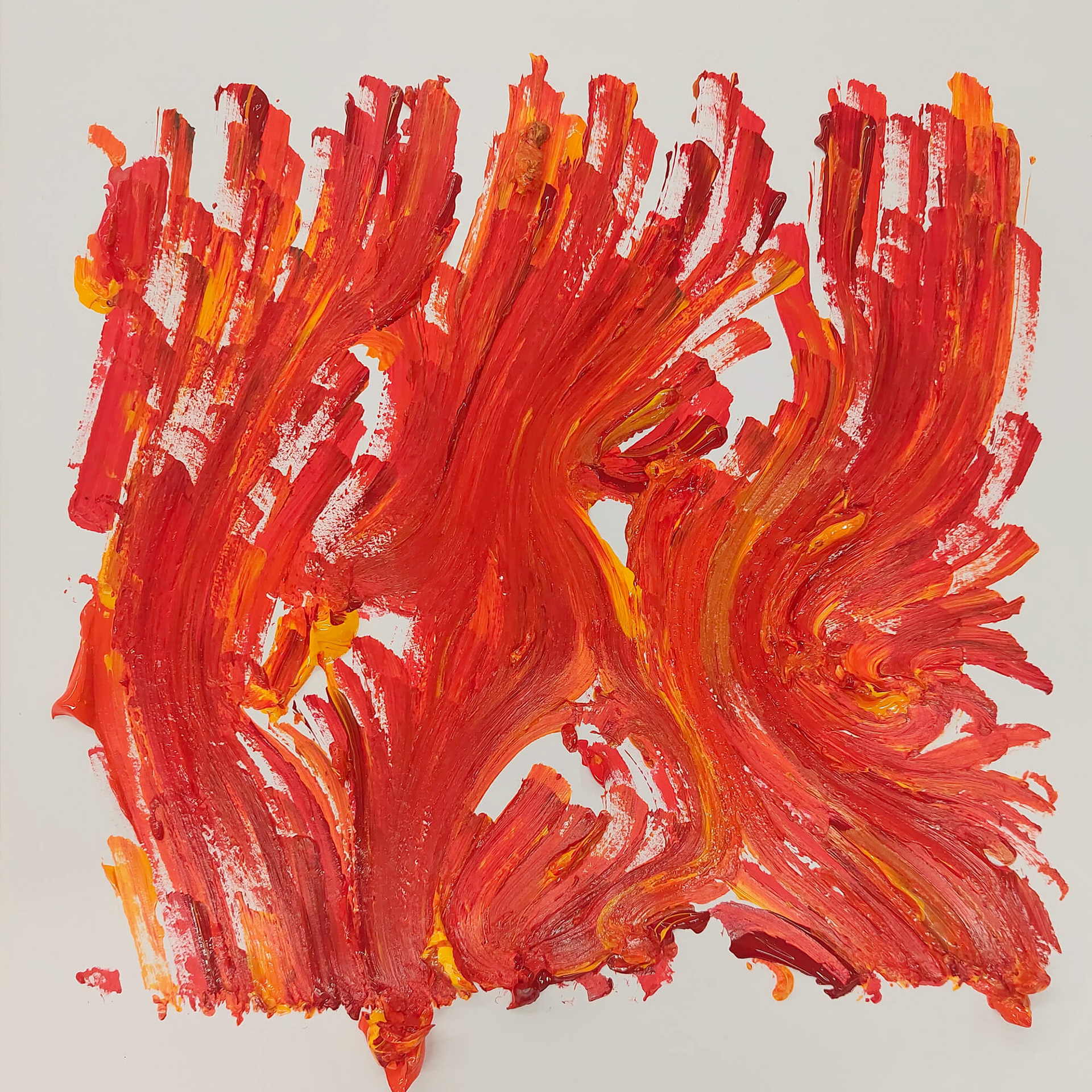
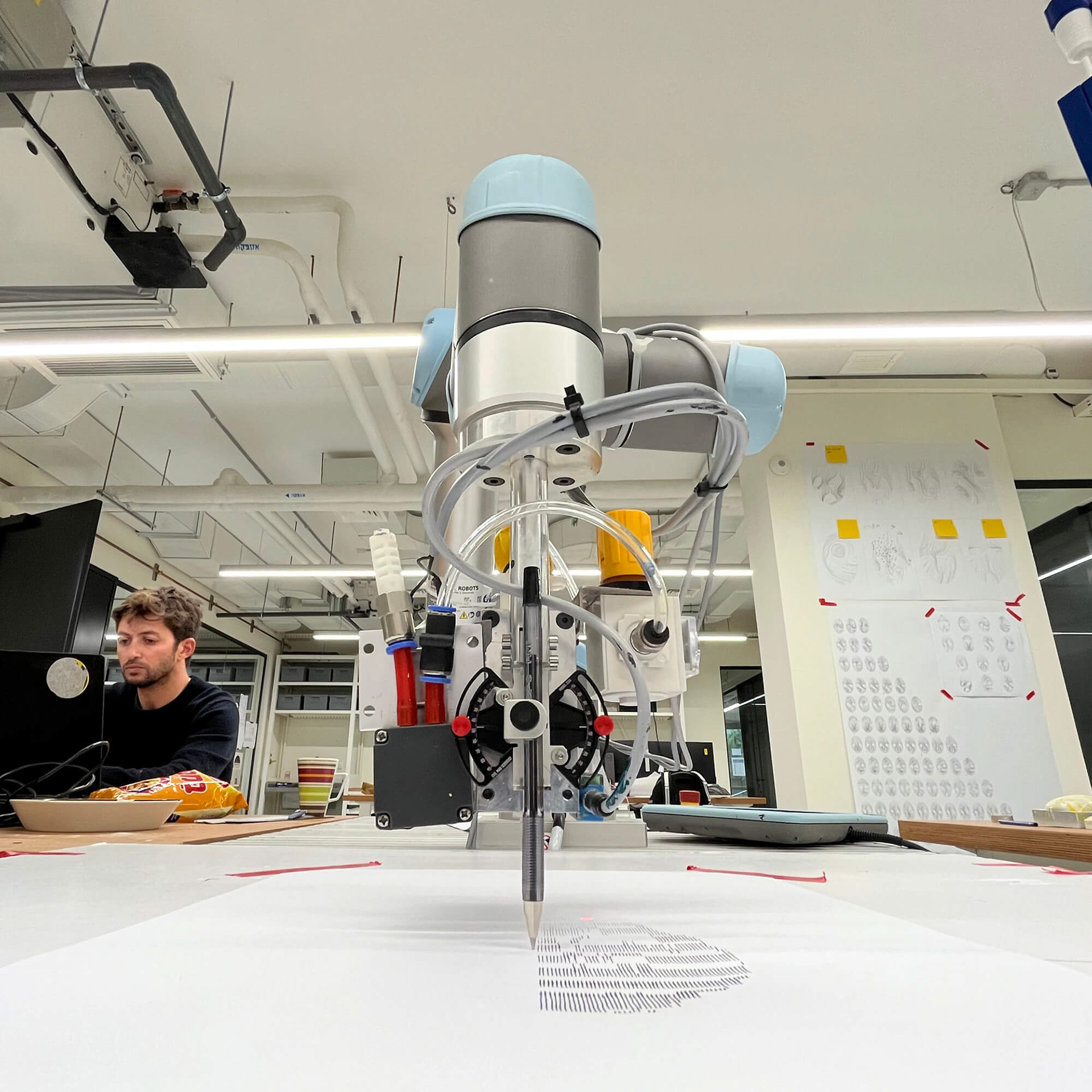
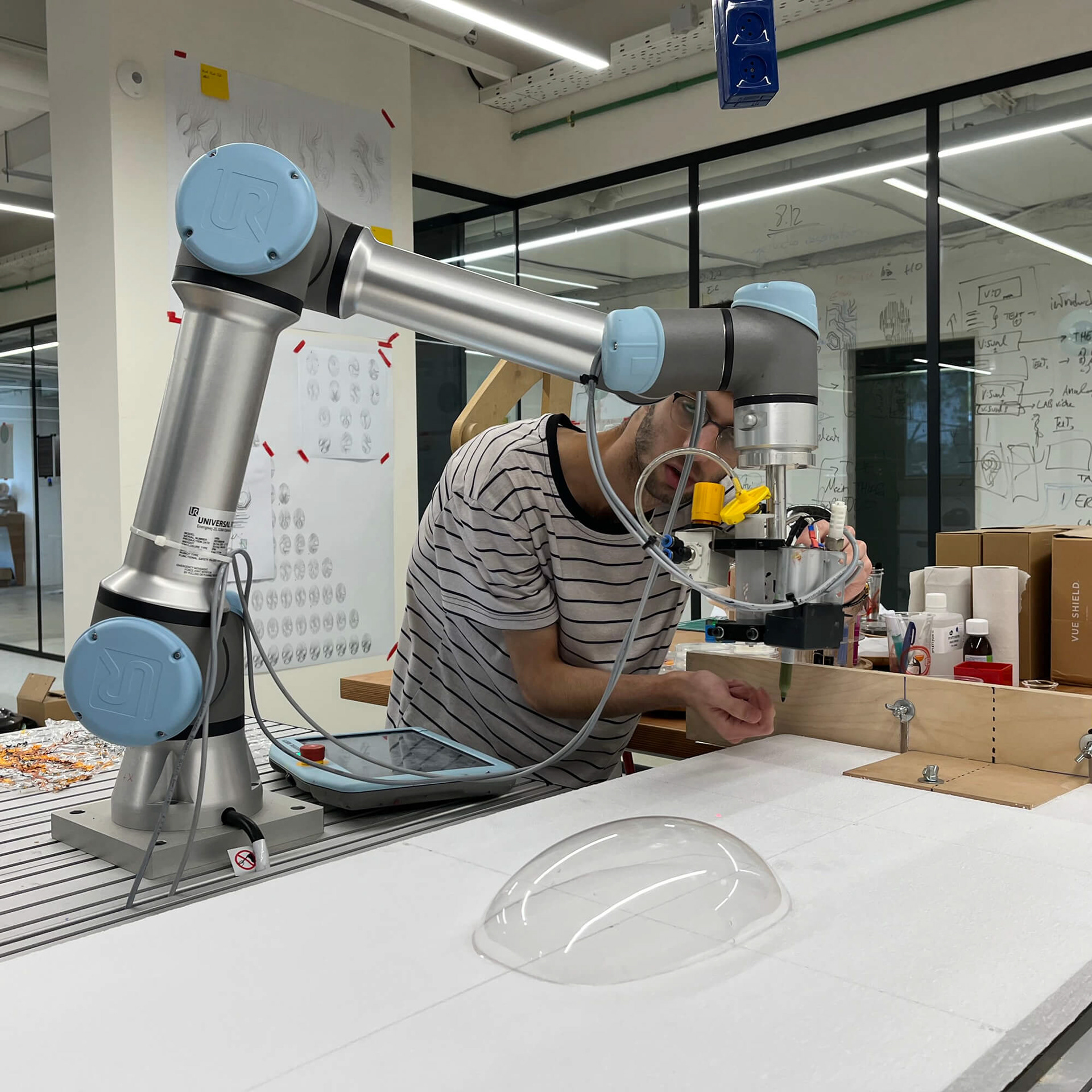
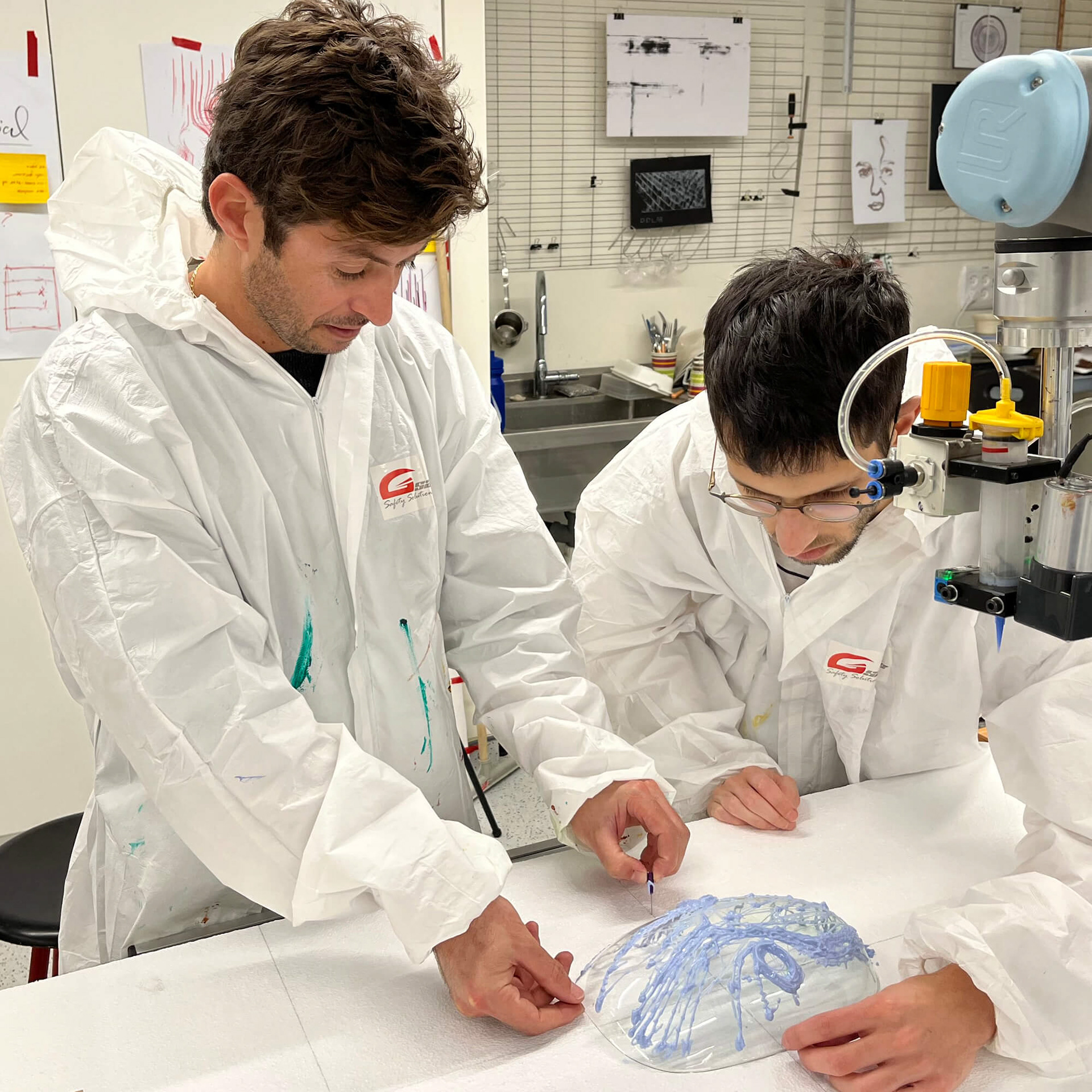

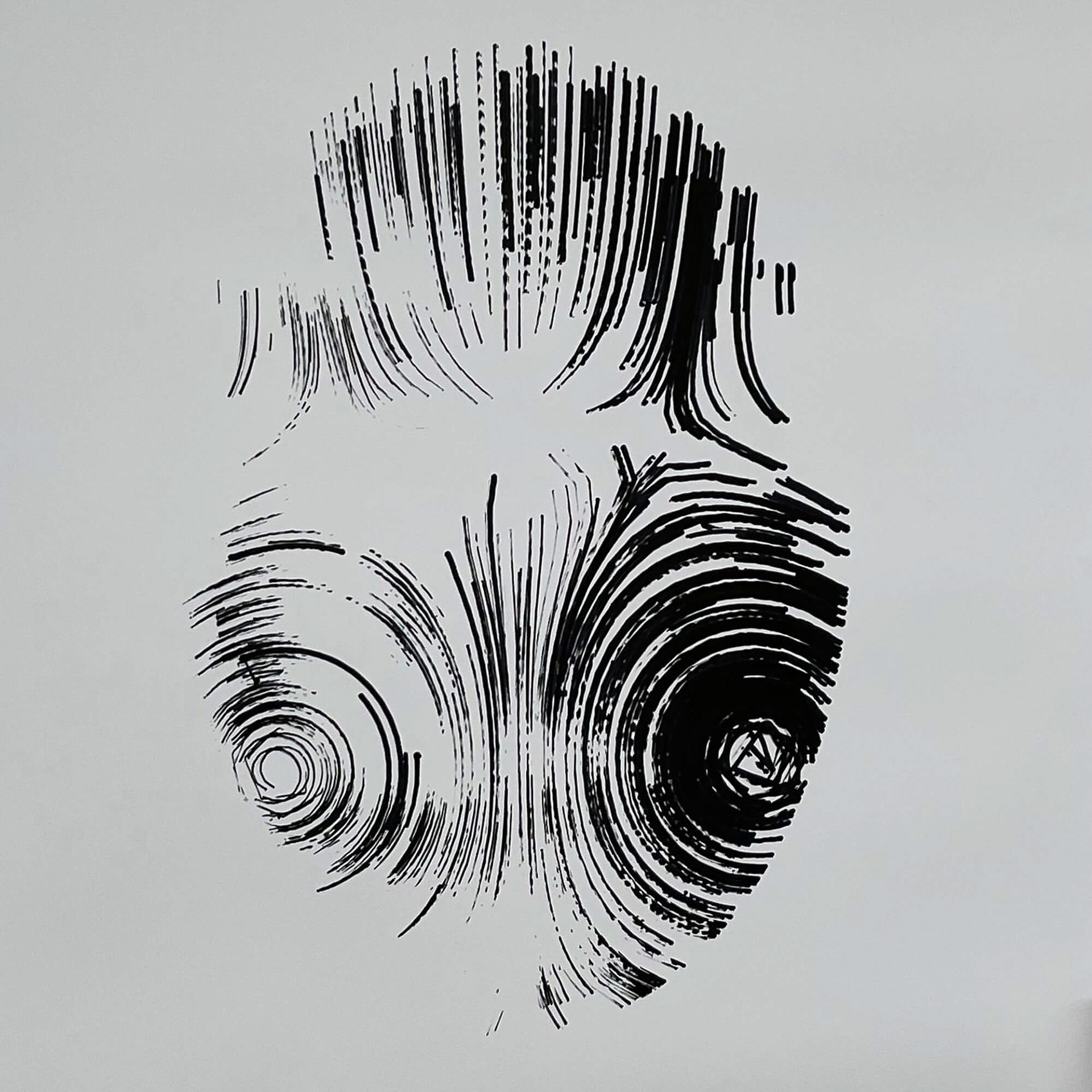
INSTALLATION
